This is the review of the Panasonic Lumix DC-TZ220 / TZ200 / ZS200 / TX2. But the Leica C-Lux is also basically the same camera but rebadged/styled by Leica.
I don’t really review a lot of compact cameras. My two recent compact camera reviews are the Nikon 35Ti film camera and the Leica Q which has a full frame sensor. Before that, it would probably be the Fujifilm X30 back in 2014.
But this time, I’m reviewing the latest Panasonic Lumix TZ220 travel zoom compact camera. (also known as ZS200 / TZ200 / TX2 ) I’ve to admit it’s a nice break from all the interchangeable lens camera reviews I’ve been mainly focus on in the last few years.
The Lumix TZ220 is the successor to the 2 year old Lumix TZ110 / TZ100 / ZS100 / TX1 depends on what country you are from (oh my.. can the naming be more confusing to average consumer?). Basic design of these two cameras are pretty much the same. A 1″ sensor, a wide focal range Leica optical zoom lens, built-in electronic viewfinder, 4K video and photo modes and lots of features in a very compact body (when lens is collapsed). But there are a few changes and upgrades which we will go through in this review. But the biggest one is probably the Leica DC Vario Elmar lens, which changed from 25-250mm (35mm equivalent) to now 24-360mm. Here are two photos I shot at the widest and longest focal length.
As you can see, there is quite a big difference between 24mm and 360mm. Unfortunately you can’t really cheat the law of physics. When you want to keep the lens small and increase focal length range, the aperture is approximately half a stop slower than it’s predecessor. The maximum aperture is now f/3.3-f/6.4 compare to TZ110’s f/2.8-f/5.9. The chart below shows you the maximum aperture at different focal length.
Before I talk about the lens and optical performance, let’s go back to my typical format and start from the body design and operation first.
Body Design / Operation
Just like it’s predecessor, the TZ220 has a slim metal body. It feels very solid and you can fit the camera into your pocket very easily. The camera has a little pop up flash which you can manually pull back if you want to have light up the scene with more pleasing bounce flash.
One common complaint we heard about the TZ110 is that the grip is quite slippery and it just doesn’t feel secure when you are holding the camera with one hand. With the TZ220, there is now a small rubber attached to the front of the camera and that improves the grip greatly. I usually don’t use any camera strap when reviewing cameras (too lazy to install them) and I never felt I might drop the camera when walking around and holding it with just one hand.
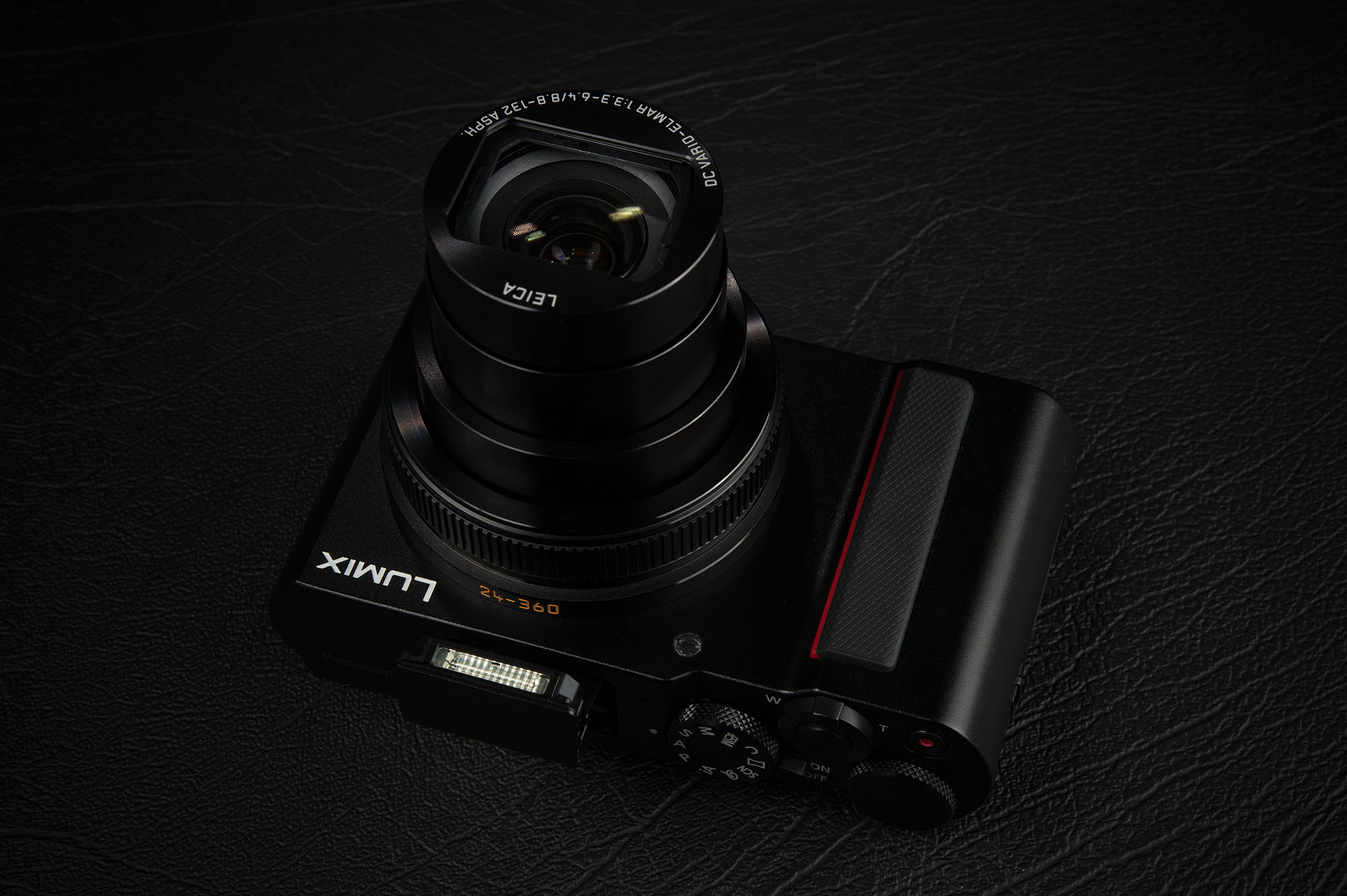 The new rubber strip greatly improves the grip
The new rubber strip greatly improves the grip
The control layout is typical Panasonic style design. If you are a Panasonic user you will feel right at home. There is a shooting mode dial and a control dial at the top of the camera, along with the zoom, power switch and shutter/record buttons. There is a large ring on the lens barrel which can be used to control aperture/shutter speed or can be customised to control something else. There are a number of customisable buttons on the back of the camera and also a dedicated AF/AE lock button as well.
Nothing too crazy but the layout of the buttons and controls are all very logical. I use the camera pretty much in stock standard configuration but I did customise the front ring to control exposure compensation and left the rear dial at default setting. It means the rear dial would control shutter speed in shutter priority mode and aperture when I’m shooting in aperture priority mode. However, when I switch to M mode, the good news is that exposure compensation would still work and I can still use the front ring to control it (works the same way for M mode video). But it feels a bit weird as I was expecting both front ring and rear dials should just control aperture and shutter even though I did customised it (for the Aperture/Shutter priority mode). I have to press the up button to toggle between controlling shutter and aperture. I understand Panasonic makes it like that to keep consistency but it still feels a bit weird to me. It would be great if the rear dial itself has the clickable design like some of the Panasonic cameras’s rear dial, then I can just press the dial to toggle instead of having to move my finger between the dial and another button when I want to toggle between controlling aperture and shutter speed.
There is a macro HDMI and USB port on the right side and that’s it. There is no mic input or headphone jack. The HDMI and USB ports are covered by a usual plastic cover, I wish the TZ220 has that clever sliding door from the Lumix GX9 which is so much easier to open/close in comparison.
Unlike the Panasonic WFX1M / VFX1 camcorder I’ve reviewed recently which I found the touch interface not super responsive, the Panasonic TZ220’s 3″ touch screen is very responsive and very similar to Panasonic’s micro four thirds cameras. The touch interface react quickly and you have all the usual gesture controls. I really enjoy controlling the camera through it’s touch screen interface.
As a compact camera aiming the enthusiast photographers, the TZ220 has a built-in EVF in additional to it’s 3″ touchscreen. While shooting with the LCD is great when you want to take a photo very quickly (the LCD screen is fixed to keep the camera thickness to minimum), the EVF is the better option when you can slow down yourself and try to get the perfect framing, timing as looking through the EVF allows you to concentrate yourself much better. Shooting with the EVF also allows your to hold the camera in more steady way which is important when you are shooting at 360mm focal length. The touch AF (i.e. using the touchscreen as a giant autofocus control pad) makes adjusting autofocus point quick and accurate when you are framing your photo through the EVF.
The 0.53x EVF is a bit small if you compare to the one on the larger cameras, but the resolution is pretty decent at 2330k dots and 3:2 aspect ratio that matches the sensor aspect ratio. It means the image can be displayed at EVF’s full size.
The best in class EVF is probably still Sony’s RX100 V’s EVF which is slightly larger and has higher resolution. However I personally prefer Panasonic’s simpler implementation more as it doesn’t require the user to popup the EVF and pull the eyepiece back every time before they can use it and also have collapse it before you put your camera back into your pocket/bag. You’ll probably agree with me after repeatedly pulling out RX100’s EVF and back a dozen of times after a short trip with the RX100 V.
The EVF refresh rate is set to 30fps by default to optimise battery consumption. But you can increase to 60fps if you are shooting fast moving objects or don’t mind giving up a bit of battery life.
The TZ220 is not a weather sealed camera, and with the collapsable lens that extrude and contract all the time, I would be a bit reluctant to shoot it under rain. Having said that, I did use the camera a few times under light shower with quite a few raindrops on the body and lens barrel and it didn’t cause any damage to the camera. But overall, TZ220 is a solid and well built camera. And other than the few minor things I mentioned above, there really aren’t much I could complain about the camera’s design.
It takes just under 2 seconds after you flick the power switch from off to on until the camera is ready for taking photos.
Battery Life
Lumix TZ220’s rated battery life is 370 photos per charge, which is quite a bit better than the TZ110’s 300 shots rating. You can charge the battery using the camera’s micro USB port which is very handy while you are travelling. In real life, I found the battery life ok for everyday use, not fantastic but understandable for a compact camera with a tiny battery. I would recommend you get one or two spare battery if you are planning to use it as your main travel camera.
Next, let’s talk about the image quality.
Image Sharpness
For a compact high power zoom lens camera, the centre sharpness is pretty decent throughout the whole focal length range. Sharpest photos are around 100mm focal length but even at the extreme wide angle and telephoto end the sharpness is still quite decent.
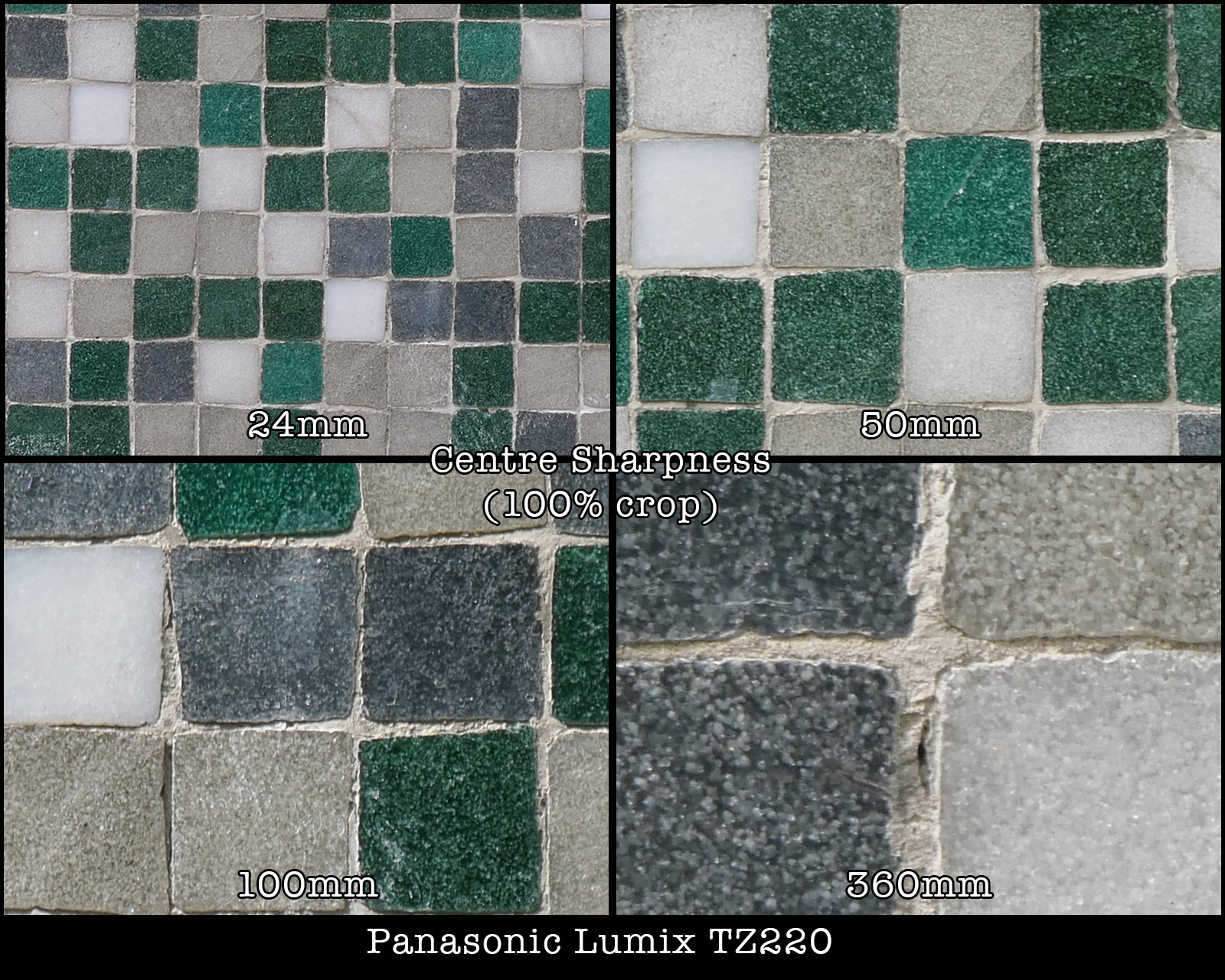 Centre Sharpness (all are unedited JPG shot at maximum aperture)
Centre Sharpness (all are unedited JPG shot at maximum aperture)
When we look at the corners, we can see some of the limitations of this 15x zoom lens. At the widest focal length, the corners are quite soft at maximum aperture. Fortunately stopping down help improves the sharpness quite a bit. When you zoom in a bit to around 50mm then the corner sharpness starting to improve. Again, around 100mm seems to be the sweet spot for this lens but the sharpness remains decent when you zoom all the way to 360mm.
Centre Sharpness (all are unedited JPG shot at maximum aperture)
Panasonic has another compact camera, the Lumix TZ90 (known as ZS70 in some other market) that is similar in size but has much longer reach (24-720mm). The TZ90 uses a much smaller 1/2.3″ sensor which allows it to achieve double the maximum focal length but maintains similar physical size. (also help keeps the cost down)
From wide to short tele , I guess we can be certain the TZ220 would give you better image quality with it’s much larger sensor and smaller zoom lens (check the ISO comparison below), but if you want to take a lot of telephoto pictures, would the 720mm ZS70 be the better choice? Here are some comparison photos below.
First, let’s compare the centre sharpness at TZ220’s maximum focal length, 360mm.
I would say there is very difference between the two cameras. The TZ220 might be teeny tiny bit sharper if do some serious pixel peeping but in real life, there is virtually no difference. Next, let’s look at the corners at 360mm.
Again, I would say the TZ220 is slightly sharper than the TZ90 at the corners. But the difference is still quite small.
The advantage of the TZ90 is it’s 720mm maximum focal length which doubles that of the TZ220. But with TZ220’s large sensor and slightly sharper at 360mm, if I crop the 360mm from the TZ220 and upscale it to TZ90’s output resolution, how would they compare? The answers are below. Again, let’s look at the centre sharpness first.
Looking at the two photos side by side, I would say there is virtually no difference between the two photos. The cropped then upscaled 360mm photo from TZ220 has virtually the same fine details as the TZ90 shot at 720mm.
So after upscaling the TZ220, the centre sharpness is virtually the same , what about the corners?
Again, I would say there is virtually no difference between the two photos even when I examined the photos at 200 or 400%.
One more thing I want to point out is the fact that these test photos were took under bright sunlight at base ISO. If I took these photos again under dimmer ambient light, TZ220’s photo should be of better quality because of it’s bigger sensor (check the ISO comparison later in this review)
What it means is, if you want a good travel camera and happy to pay the extra price, the TZ220 is definitely the better choice when it comes to image quality despite it’s shorter maximum focal length.
Distortion
A high power zoom lens inside a very compact collapsable body pretty much guarantee it would be a nightmare when it comes to lens distortion for both the lens designer and end user. You can definitely see quite a bit of distortion from the TZ220 photos especially the photos taken at the wider end focal length. But consider it is a compact travel camera, I feel the distortion is kept within quite acceptable level. Have a look at the camera generated JPGs below (which I assume already have some software correction applied) and decide it yourself.
Macro
The TZ220 has a macro mode just like the TZ110. But it can focus down to 3cm which is even closer than it’s predecessor. However the 3cm macro mode is only available at the 24mm focal length. With such a close focus distance, you have to be careful not to cast any shadow onto your subject. But the good thing with shooting macro with a 1″ sensor is that you’ll have a lot more depth of field when compare to your larger mirrorless and DSLR cameras so you don’t have to stop down much or any at all.
ISO performance
Below are 100% crops from photos (unedited JPG straight out of camera) taken at base ISO all the way up to maximum ISO. To show you the difference between a 1″ sensor camera and the typical 1/2.3-inch sensor on most compact cameras, I also included shots I took using the 24-720mm Lumix TZ90.
As you can see, TZ220’s high ISO performance is quite good and photos taken up to ISO 1600 remains decent quality. ISO 3200 is useable but not really good quality. I would avoid ISO 6400 and 12800 unless I have no other choice. In comparison, TZ90’s smaller sensor is a lot worse when it comes to high ISO performance. From ISO 800 onwards, images from the TZ90 starting to degrade significantly. The ISO test shows you the biggest difference between the 1″ sensor and the smaller 1/2.3″ sensor.
Lens Flare
TZ220 has pretty good flare control. Shooting photos with really bright light source inside or just outside the frame rarely creates any serious lens flare. Contrast also remains at good level when shooting into really bright light source.
 Very minimal lens flare even with the sun directly in front
Very minimal lens flare even with the sun directly in front
Autofocus
The camera uses a contrast detection Depth from Defocus (DFD) autofocus system. The autofocus performance is pretty decent. Autofocus speed is fast and the transition is very smooth and doesn’t hunt much at all especially during day time. Even when shooting moving targets, the autofocus system still perform reasonably well and it should be good enough if you are planning to take some photos at your kids sports events.
On a slightly related topic, I know many people (including myself) have questioned Panasonic’s decision on developing the DFD system for it’s micro four thirds camera while almost everyone else is using a hybrid phase/contrast detection system. It’s not a secret that GH5’s continuous autofocus is not as good as some other competitor’s camera. But Panasonic has told me many times they believe they could improve the DFD system to as good as any hybrid AF system in the near future and I do see some improvement even between GH5 and G9 which is quite reassuring.
Another advantage of the DFD system is that it is not limited by the sensor choice as it is largely software based. It means Panasonic could virtually use any sensor available and this could benefit their other camera as well, and in this case, the Lumix TZ220.
However, while TZ220’s autofocus performance is very decent during the day, with the slow lens, the autofocus performance drops noticeably when there is not enough ambient light. The autofocus speed becomes a lot slower and occasionally not able to acquire target when you are shooting under low light if the AF assist lamp is turned off.
TZ220’s 5-axis image stabiliser works very well. Handheld the camera at 0.5s / 24mm focal length is quite easy
Video
The TZ220 can record Full HD video at up to 60fps and 4K video at up to 30fps. Both full HD and 4K video are pretty decent quality. Videos are very sharp and it handles motion and challenging scenes relatively well for a camera of this class.
Unlike the Sony RX100 series cameras which easily overheat when recording 4K video, I didn’t have any overheat issue when recording long 4K video using the TZ220. I can repeatedly record 15 minutes 4K videos (the maximum time for each 4K video) on a 20-21 degree celsius afternoon (70 degree Fahrenheit) with no overheating issue. The camera only get very slightly warm after 30 minutes of total recording time.
There is a bit of cropping when you are shooting full HD videos. Unfortunately the cropping is even bigger when shooting 4K videos. Check out the diagram below to see how much cropping is applied when shooting in various output resolution.
With the heavy cropping, no flipout screen or external mic input, TZ220 is definitely not a great choice for vlogging camera despite it’s small size and decent video quality. If you are really looking for a good and easy to use vlogging camera, check out this review instead.
Continuous autofocus when shooting video works quite well. The transition is very smooth and most of the time I don’t see overshoot thanks to the DFD technology. Occasionally, autofocus would stop responding or take a long time to response when I point the camera to a new target but luckily it doesn’t happen very often. Overall the continuous autofocus performance should be good enough for most users.
While the TZ220 is not certainly not a GH5, it can still be used as a decent video camera. Check out my video on my Youtube channel for some sample videos shot with the TZ220.
Sequence Composition
Like pretty much all the late Panasonic Lumix cameras, the TZ220 also supports 4K photo mode. I’m not going to go through all of the photo mode / features in this review as I’ve covered a lot of them in my previous Panasonic camera reviews already. But there is one new features Panasonic introduced recently with the GX9 is called Sequence Composition which I didn’t get around to demo it in my Lumix GX9 review.
After you took a 4K image sequence/video, you can go through and select multiple frames from the sequence and the camera will merge them and create a photo for you in camera with you moving subject appeared multiple times in the photo.
Ideally to get the best results you should put the camera on a tripod and the background should be completely static. But I found it can still work reasonably well even if you handhold the camera or have something in the background that moves a little bit. In this case, you might see some artifact if you examine the photos closely.
This is something you can do in photoshop relatively easily but the whole point of 4K photo mode is to make things like this quick and easy for anyone including those who doesn’t have access to or know how to photoshop it themselves
Bluetooth
The Lumix TZ220 has built-in Wifi and bluetooth. It is compatible with Bluetooth 4.2 BLE (Bluetooth Low Energy) which allows constant connection with your smart device with very low power consumption. It means you can do things like remote trigger the camera, or geotag your photos quickly and easily without having to go through wifi which usually takes quite a bit of time to connect everytime you want to use it. You’ll still need Wifi for more complex tasks like remote live-view, but Panasonic’s smartphone app is probably one of the best designed and reliable app.
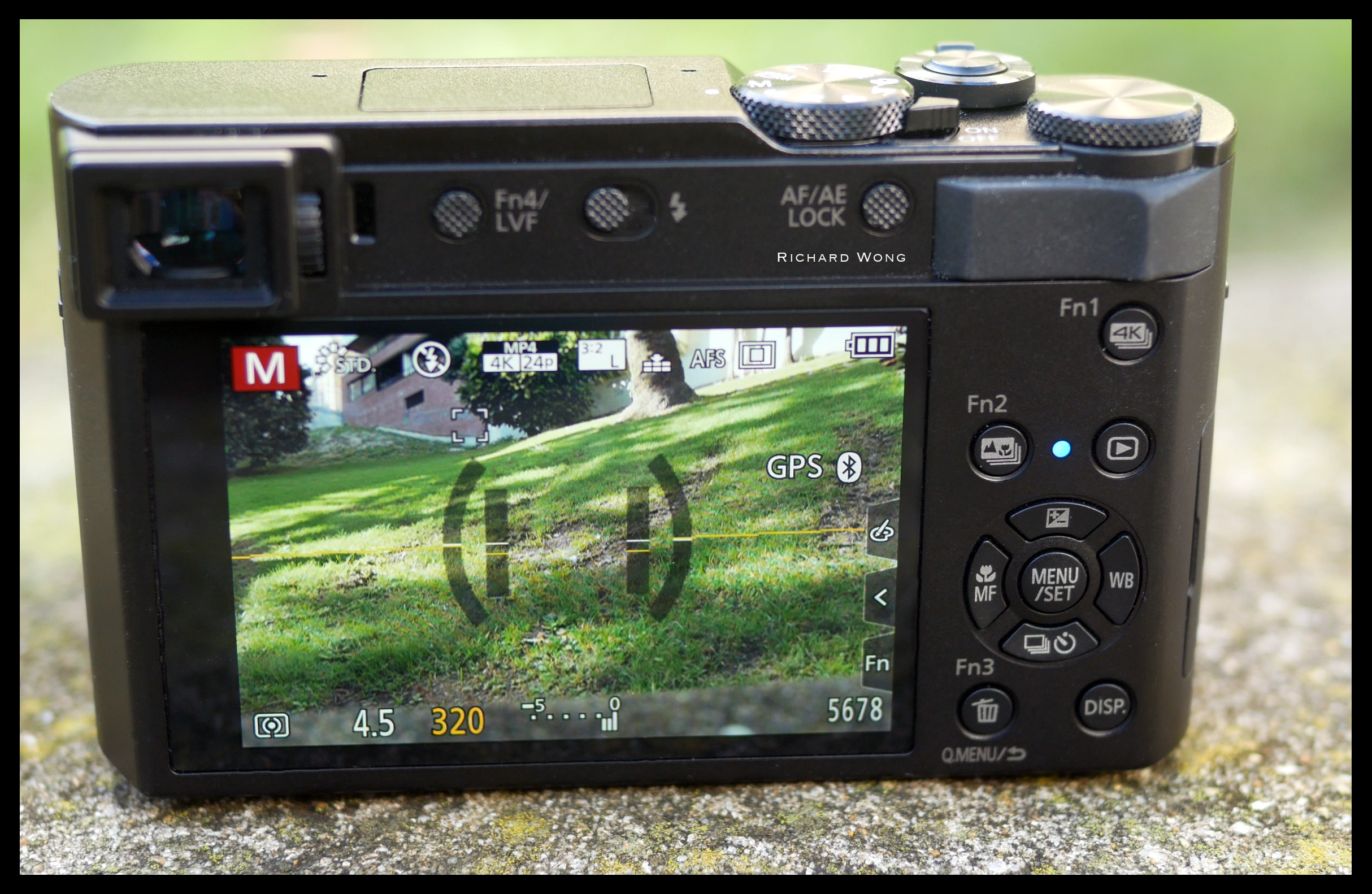
Bluelight means Bluetooth connection is on. TZ220 also supports geotagging using GPS from your smartphone
Conclusions
Compact cameras in general is a shrinking market, but 1″ sensor compact camera is still very popular among people who either want something better than their smartphone’s camera or want a smaller camera they can carry around easily while they don’t want to bring their larger mirrorless or DSLR camera.
There seems to be two extremely approach when it comes to 1″ sensor compact cameras. The compact standard zoom camera with really fast lens such as the Panasonic LX10 or the Sony RX100 series. Then there is the much bigger camera with huge zoom like the Panasonic FZ series or the Sony RX10. The Panasonic TZ220 (and it’s predecessor) is quite a unique camera that has a high power zoom and still very compact and pocketable. Surprisingly no other manufacturer has created a similar camera to compete in this area.
Increasing from 10x to 15x zoom which shoots both wider and longer while keeping the camera size virtually the same is a good move in my opinion. I am definitely happy to give up the half stop maximum aperture in return for the extra focal length. However it means the TZ220 and to some certain extend it’s predecessor TZ110 is really a daytime travel camera unless you bring a tripod (but it completely defeated the purpose of having such a compact camera).
Image quality wise, apart from the soft corners at widest angle, and a bit of distortion, the photos taken with TZ220 is pretty decent quality up to ISO 1600. ISO 3200 is still useable but definitely not the best quality.
I’m a bit disappointed the 4K video has quite a heavy crop, but at least the quality is great and the camera doesn’t overheat after a few minutes so you could rely on it to take some long high quality video (with the 15x zoom) during your travel.
Price is most likely the biggest reason that stop people from buying a TZ220. You can buy a GX9 kit or other mirrorless or DSLR kit for a little bit more money which has a much bigger sensor and better image quality. But then you don’t have the 15x zoom and even if you buy the 14-140mm travel zoom lens, it definitely can’t fit into your pocket. So it’s really a decision between choosing best picture quality or pocket-ablity (is there such a word?)
I have just booked a family holiday trip to Japan later this year and I’m thinking of what camera I should bring with me. Maybe I should consider getting a TZ220 and leave all my bigger cameras home?
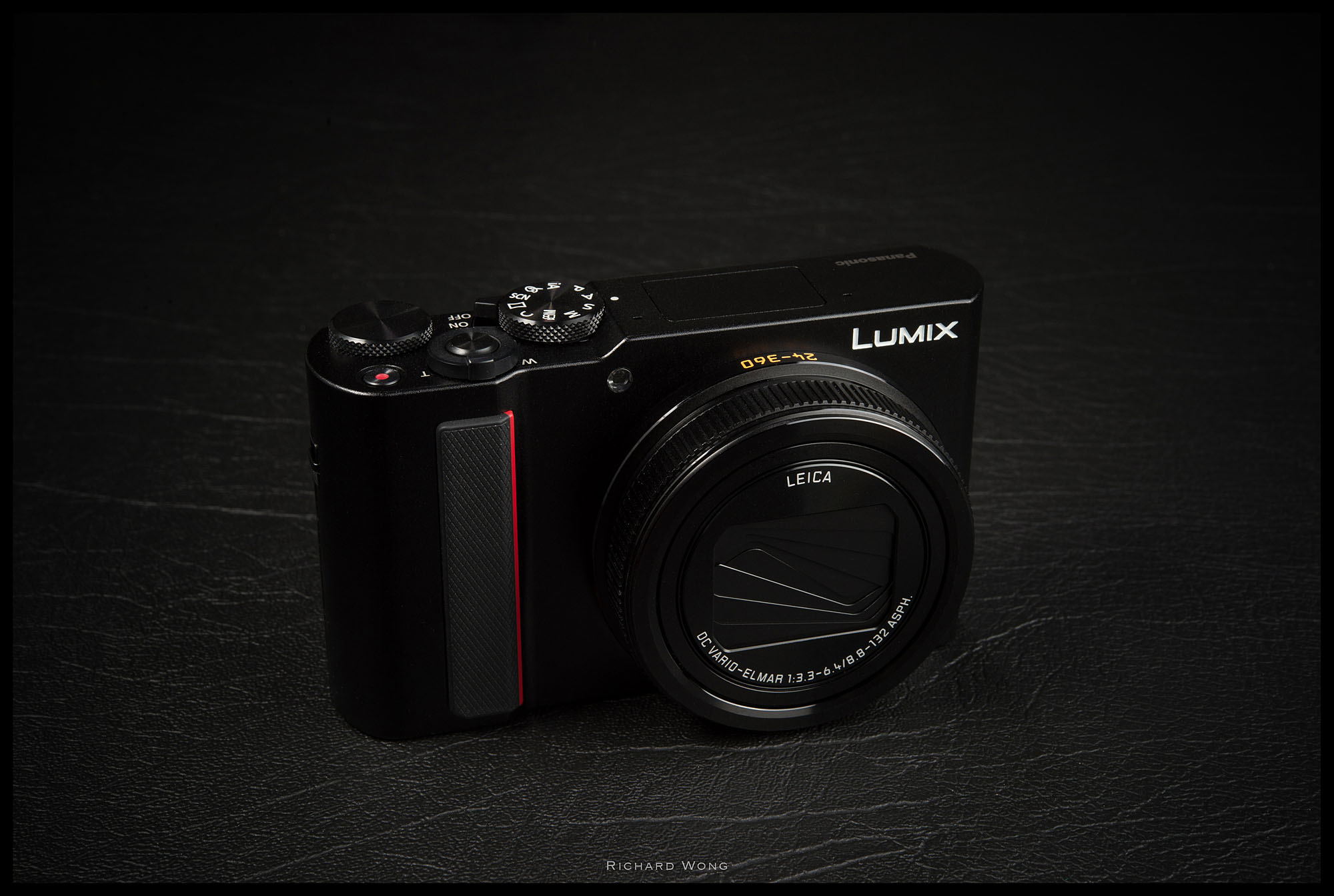
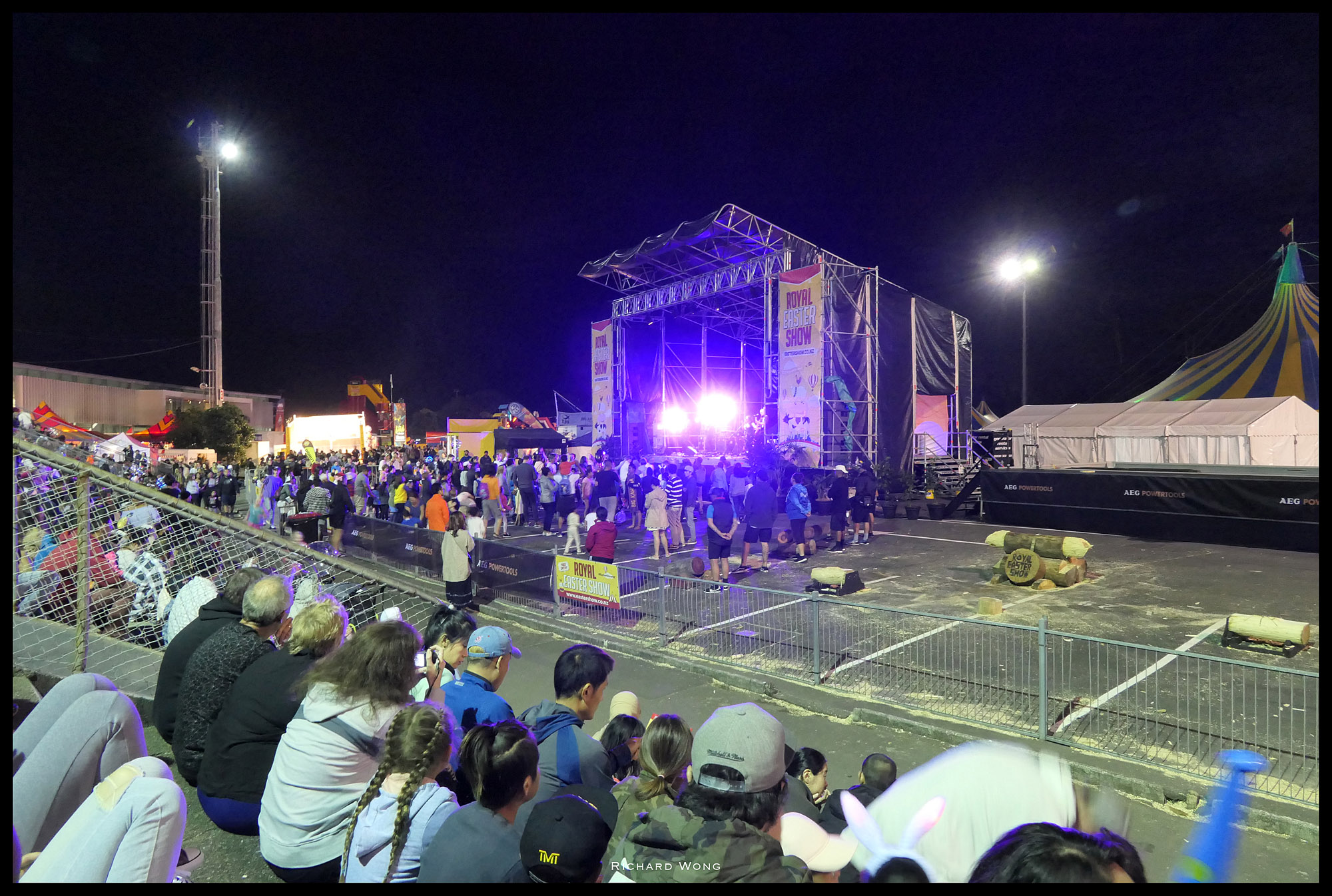
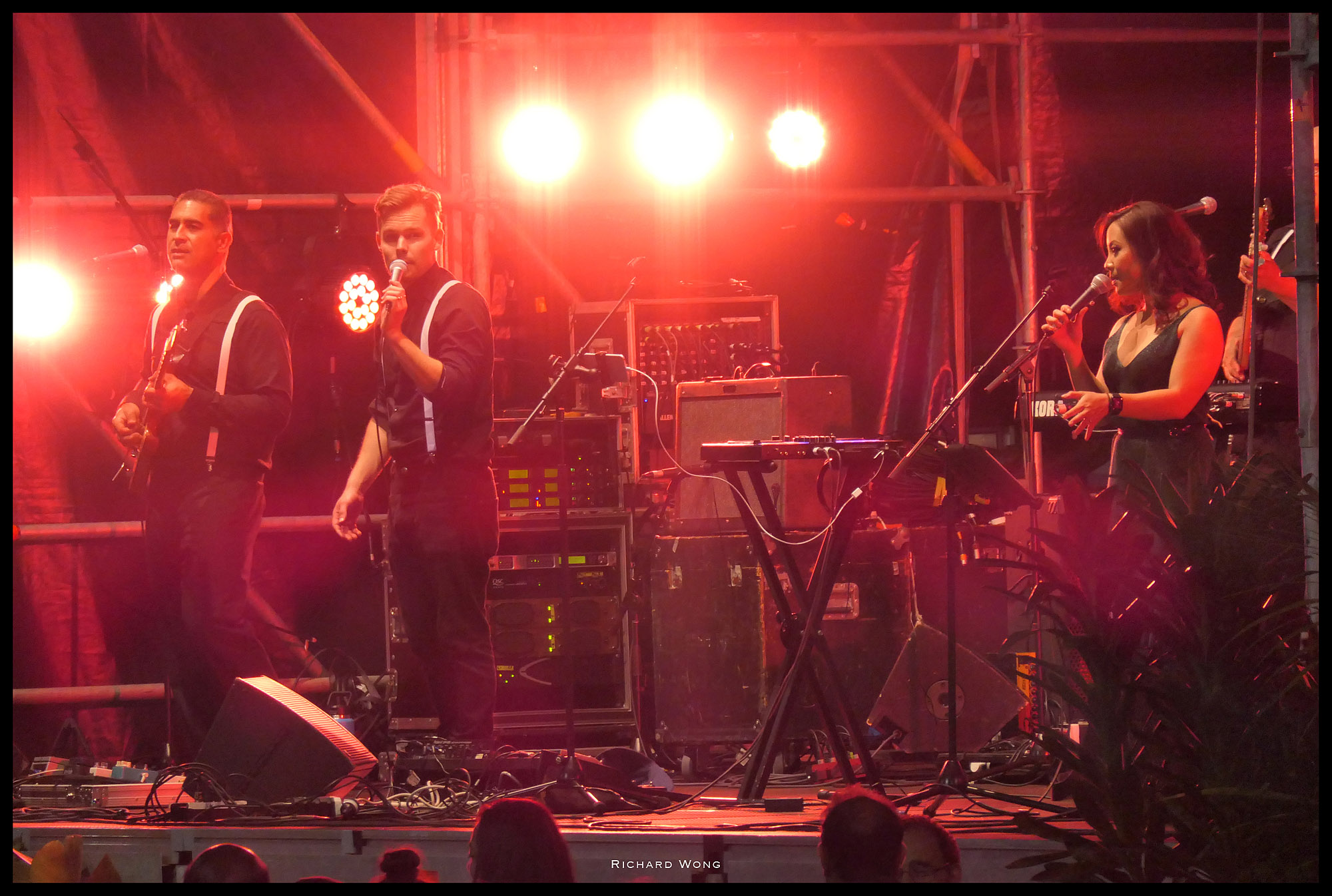
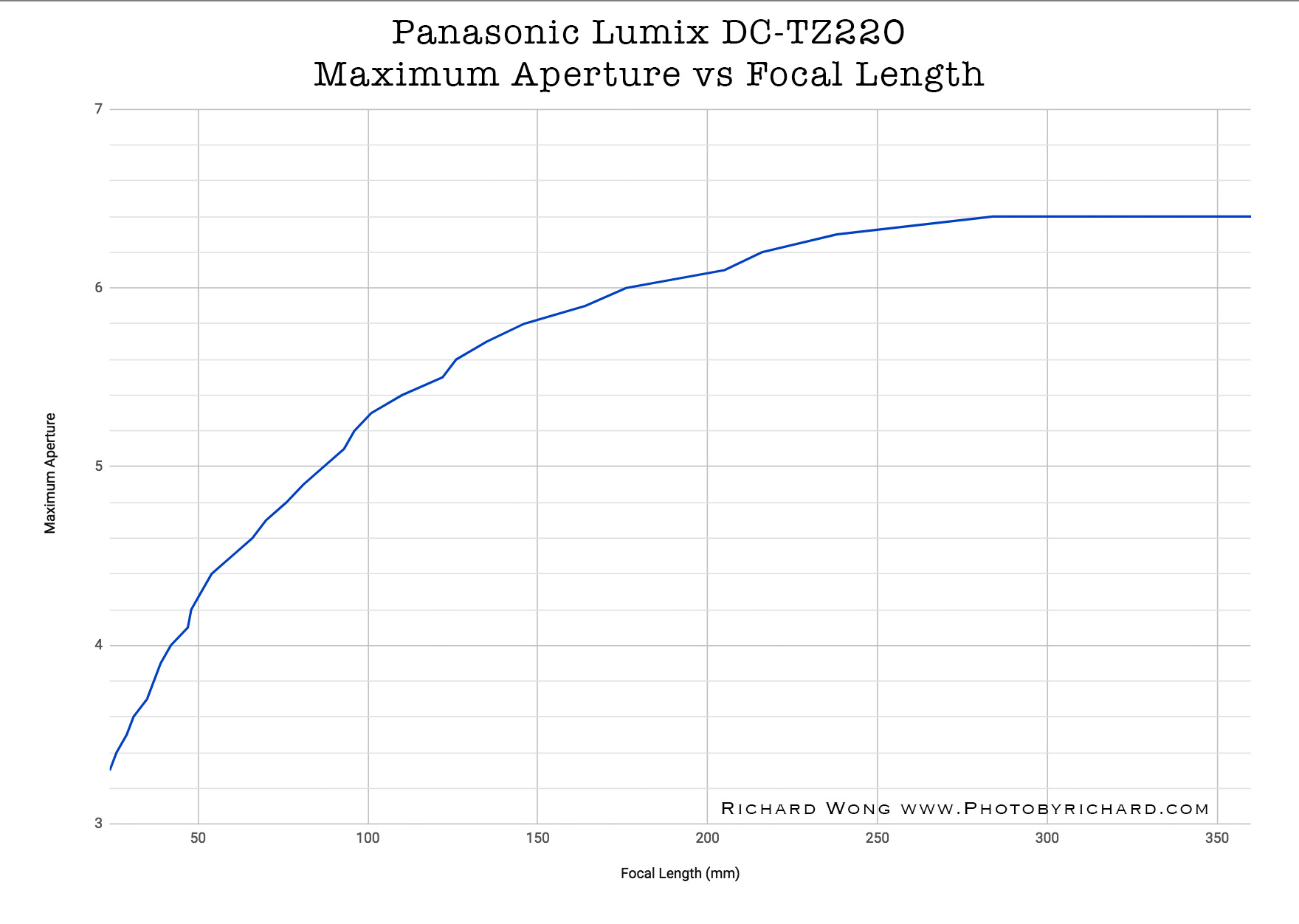
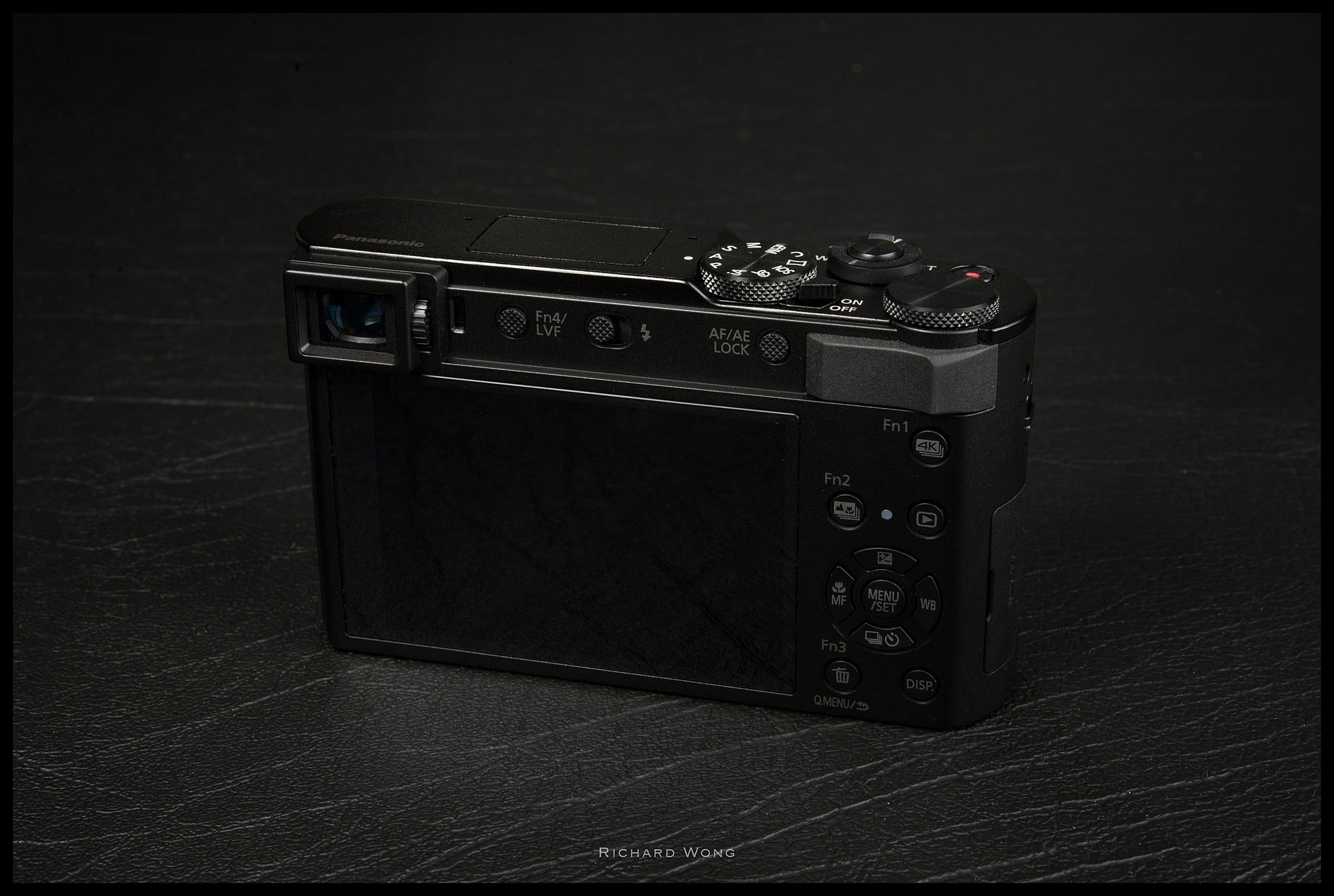
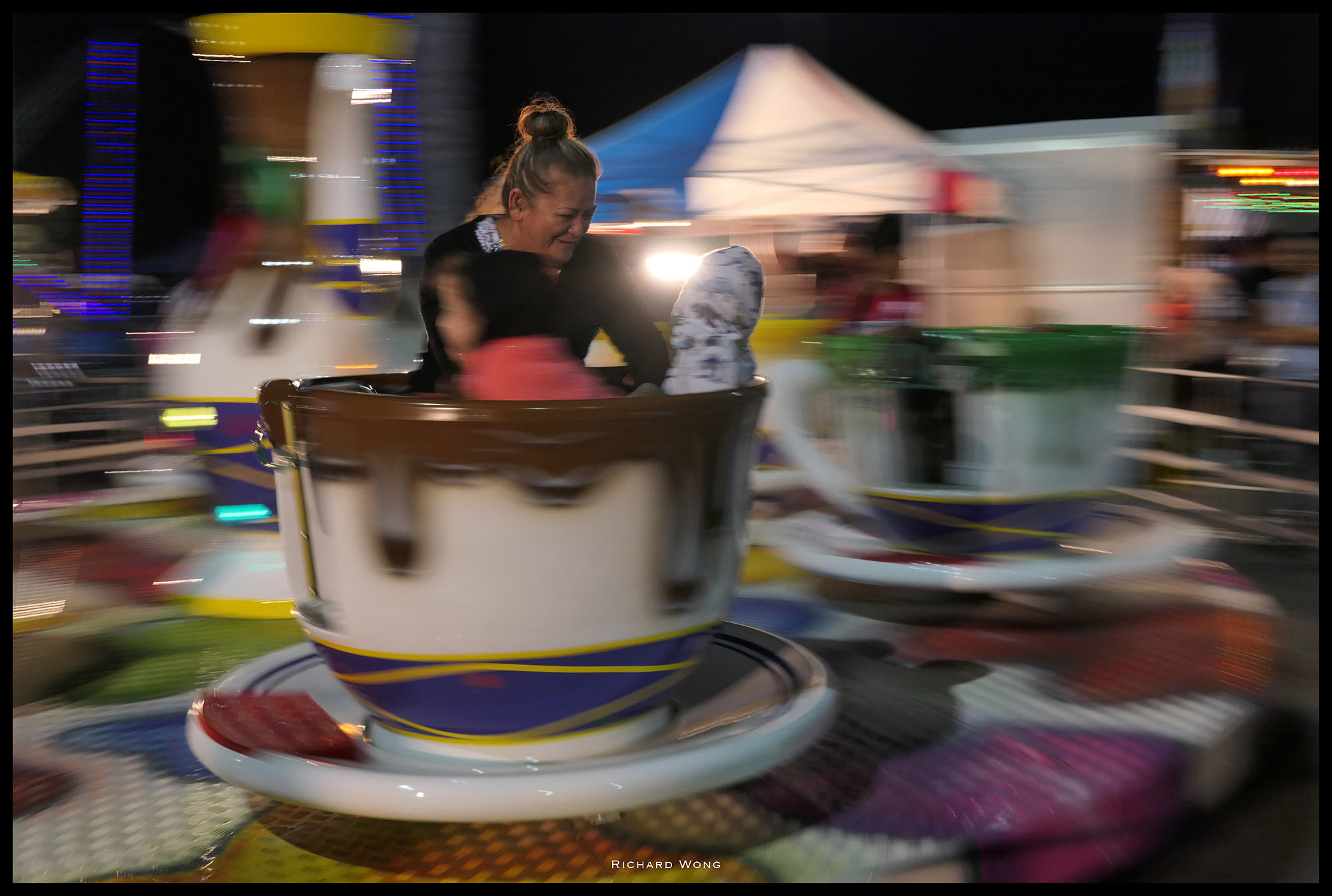
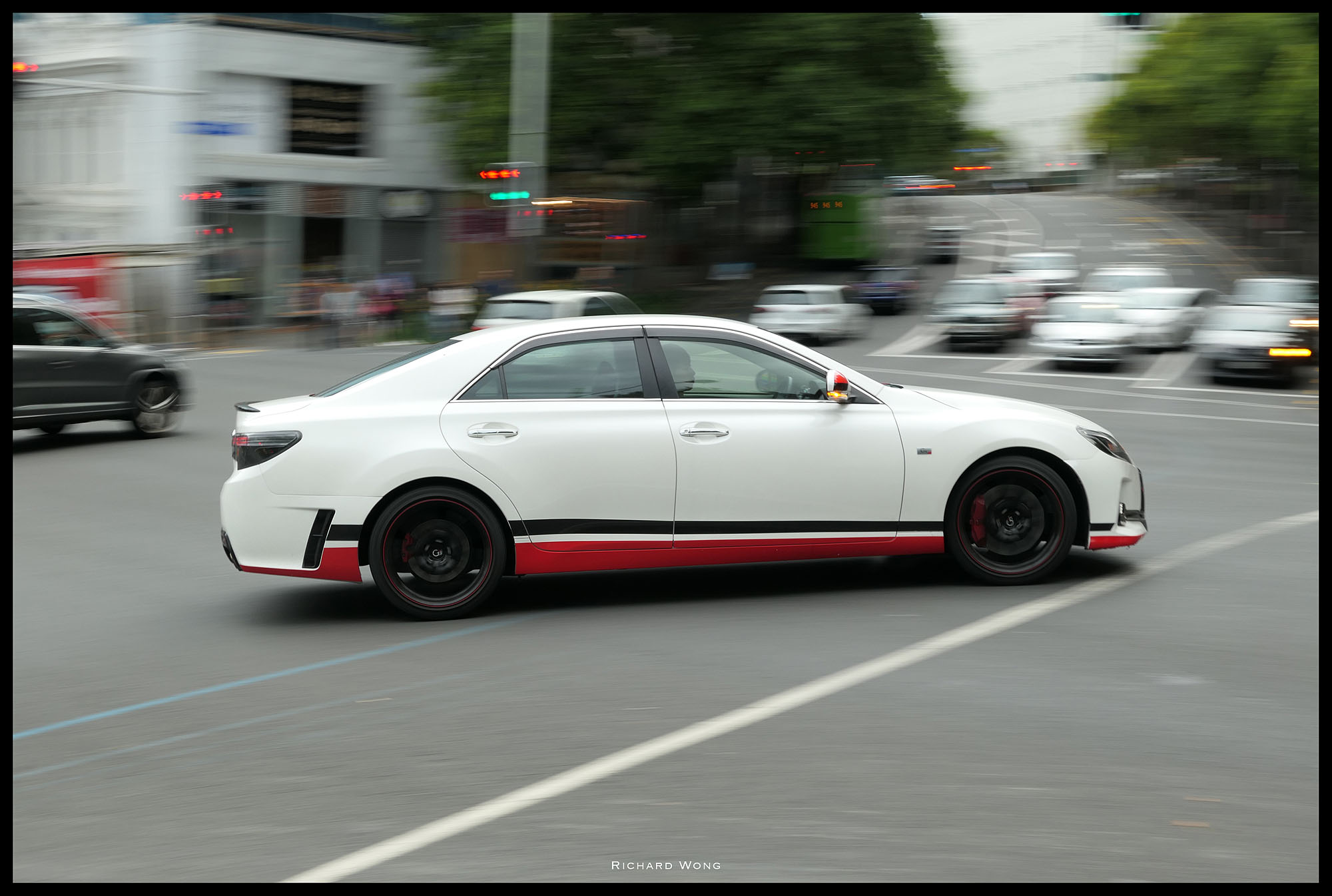
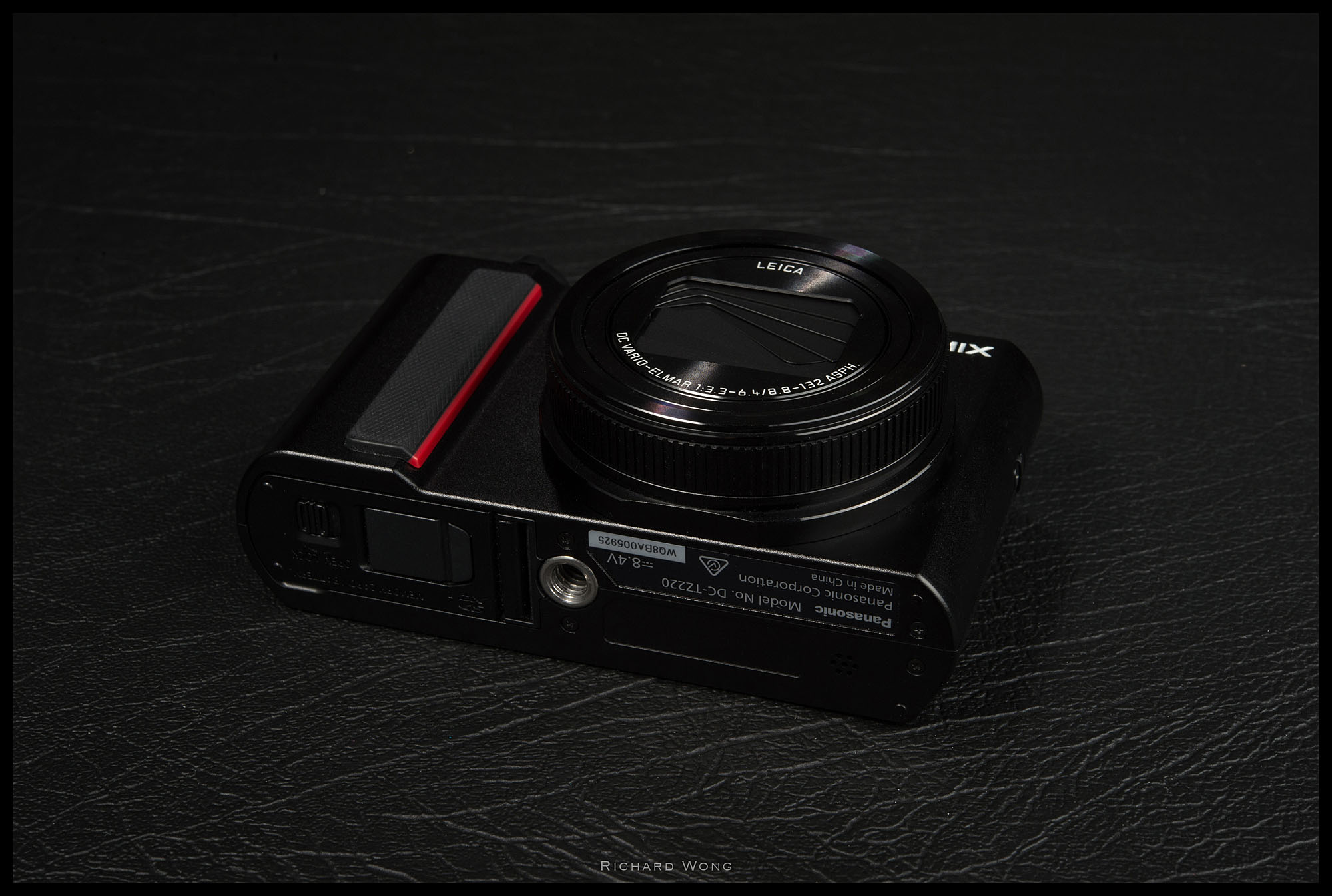
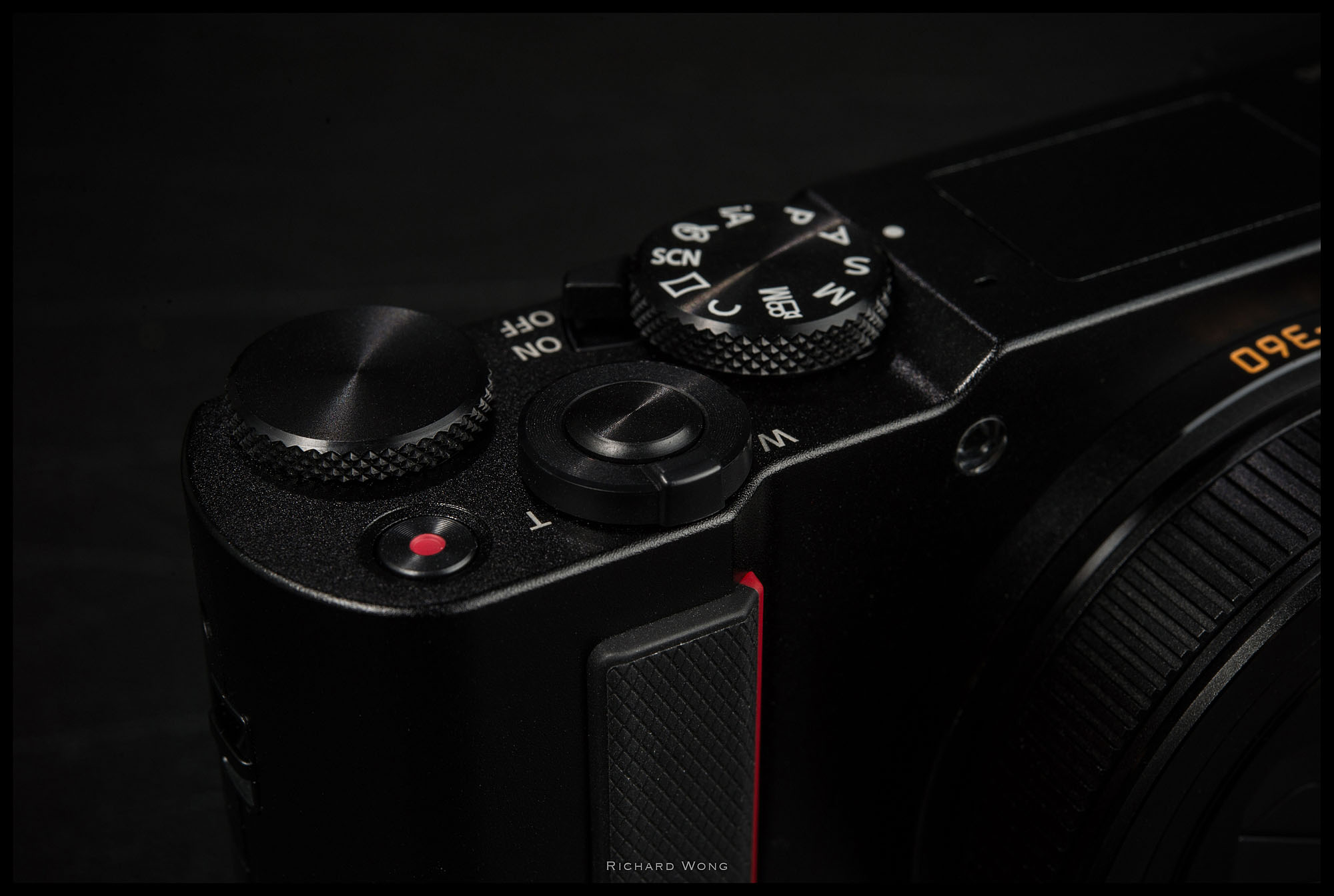

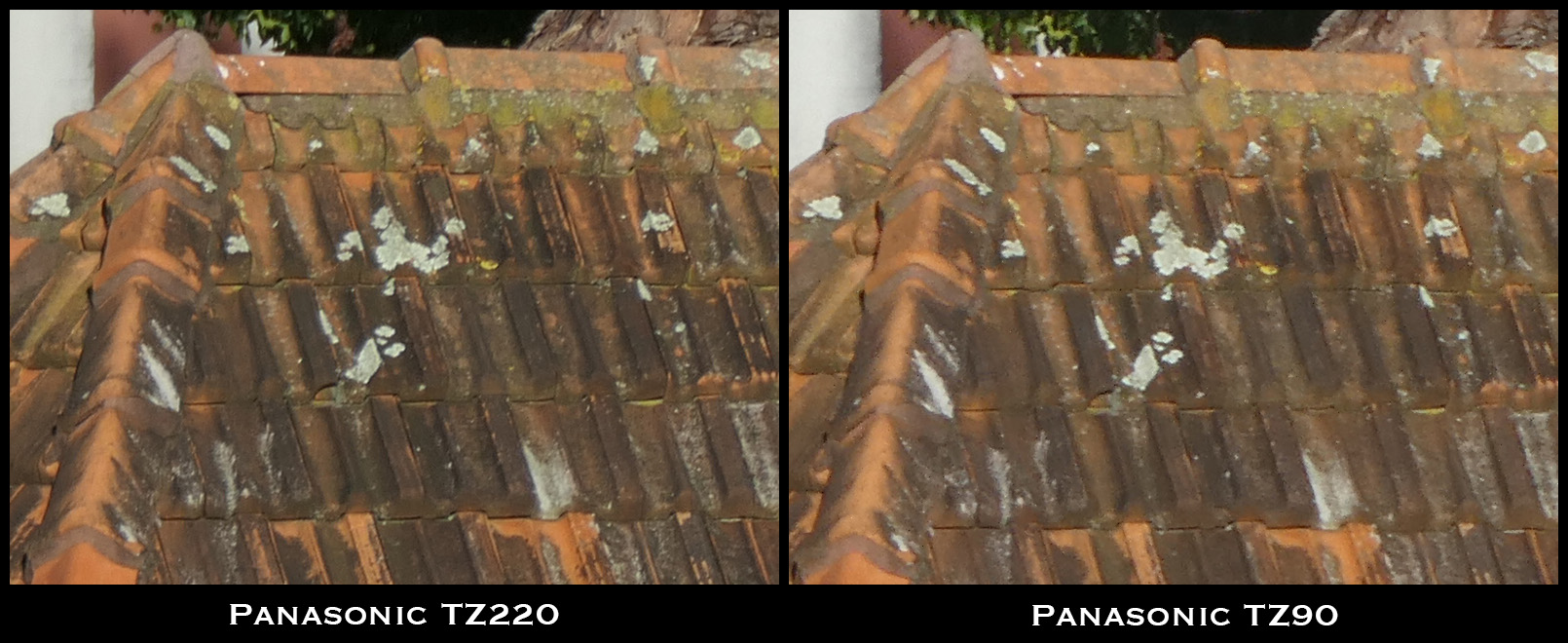
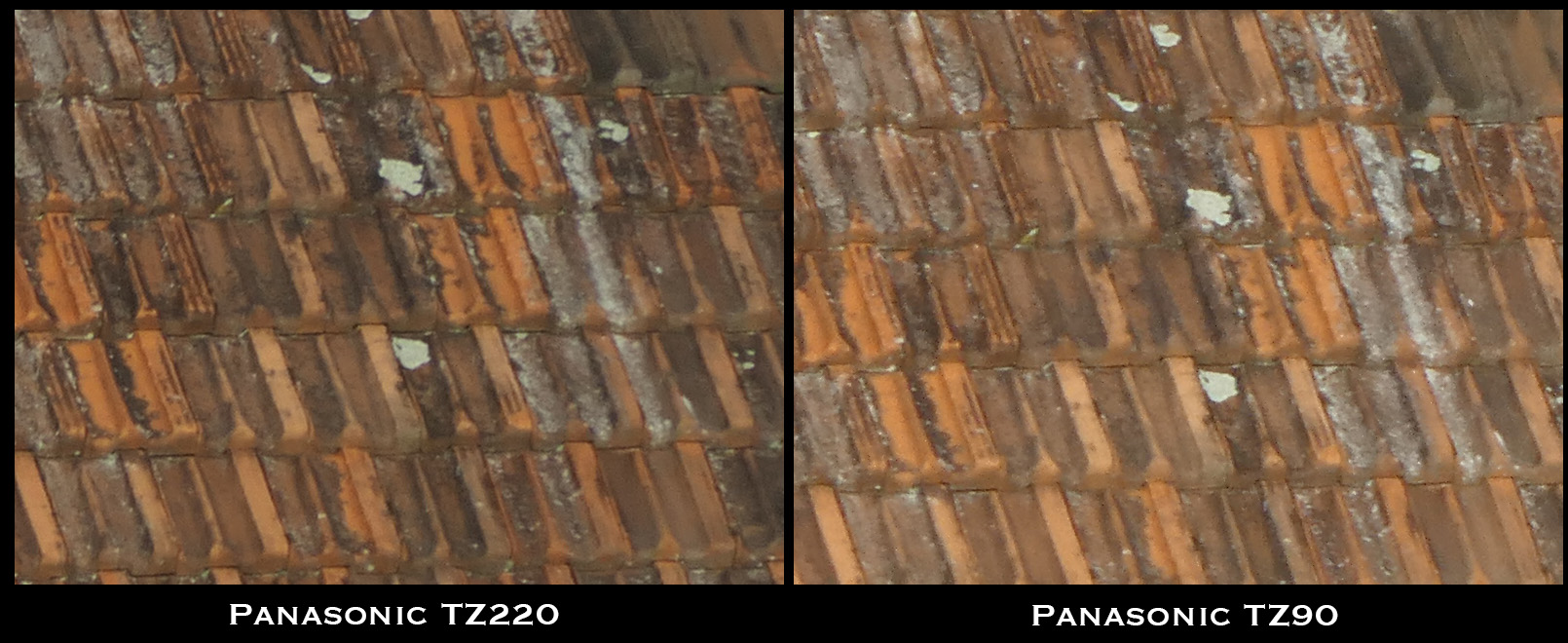
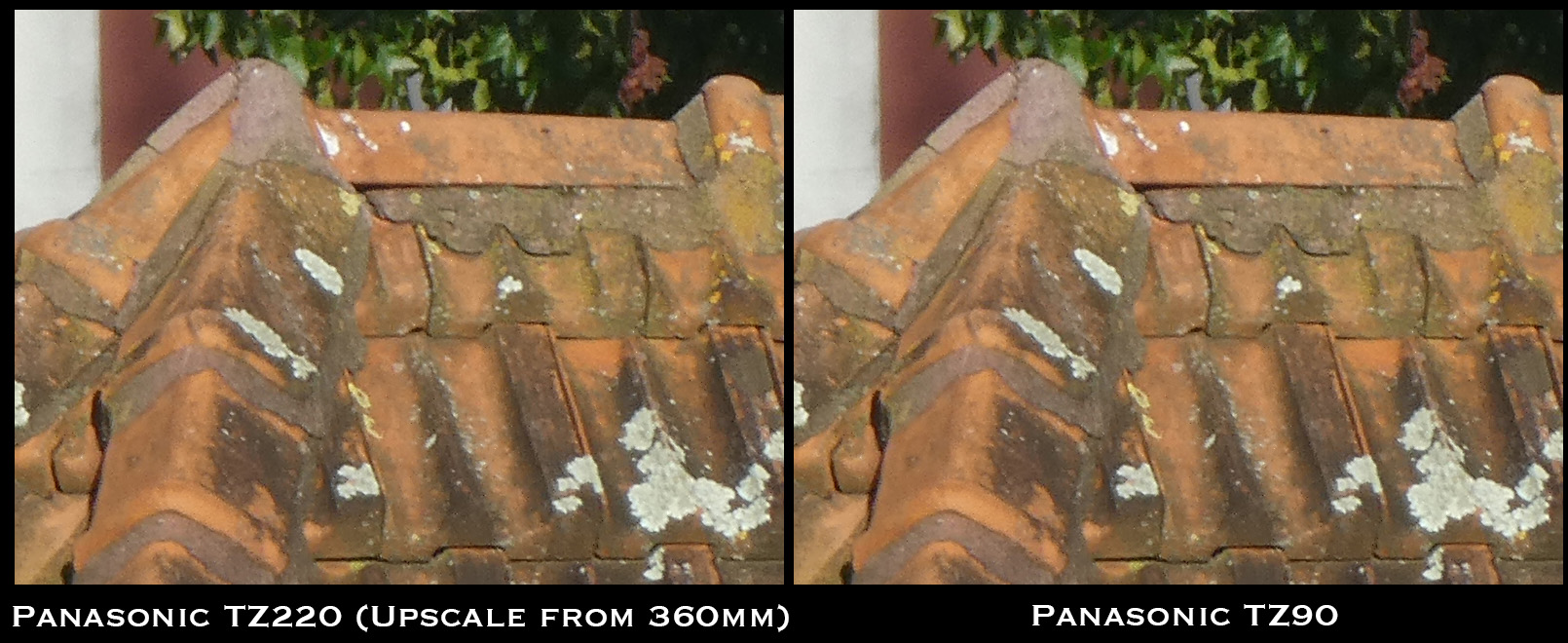
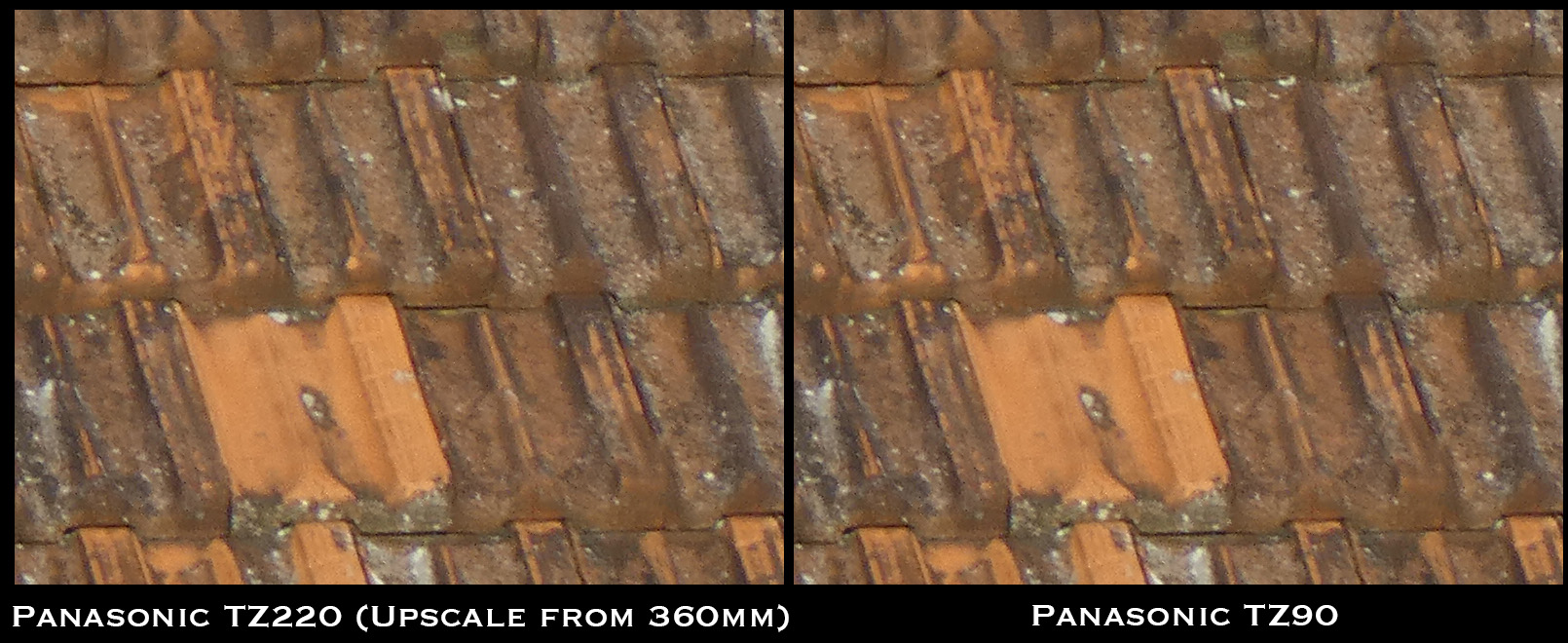
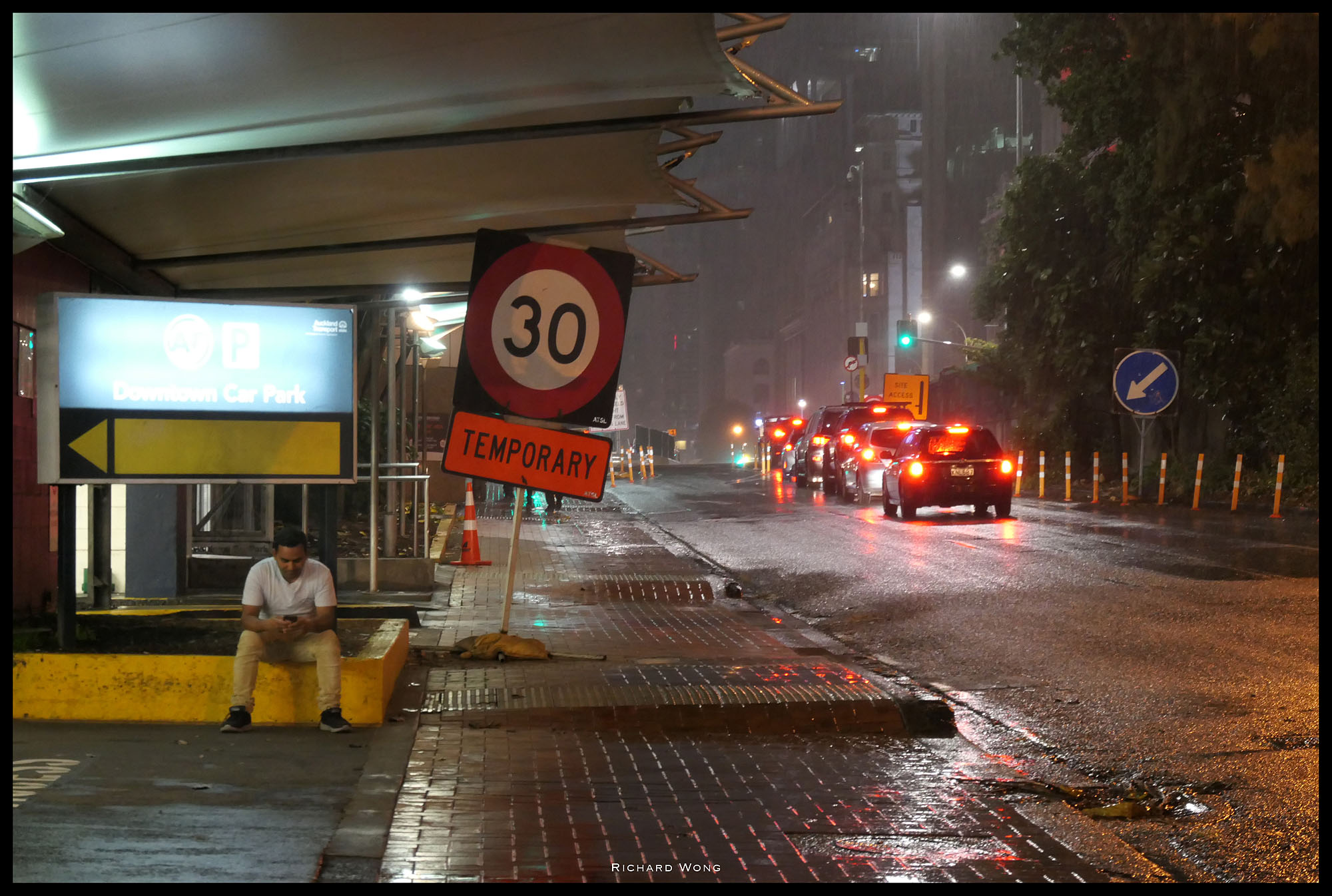
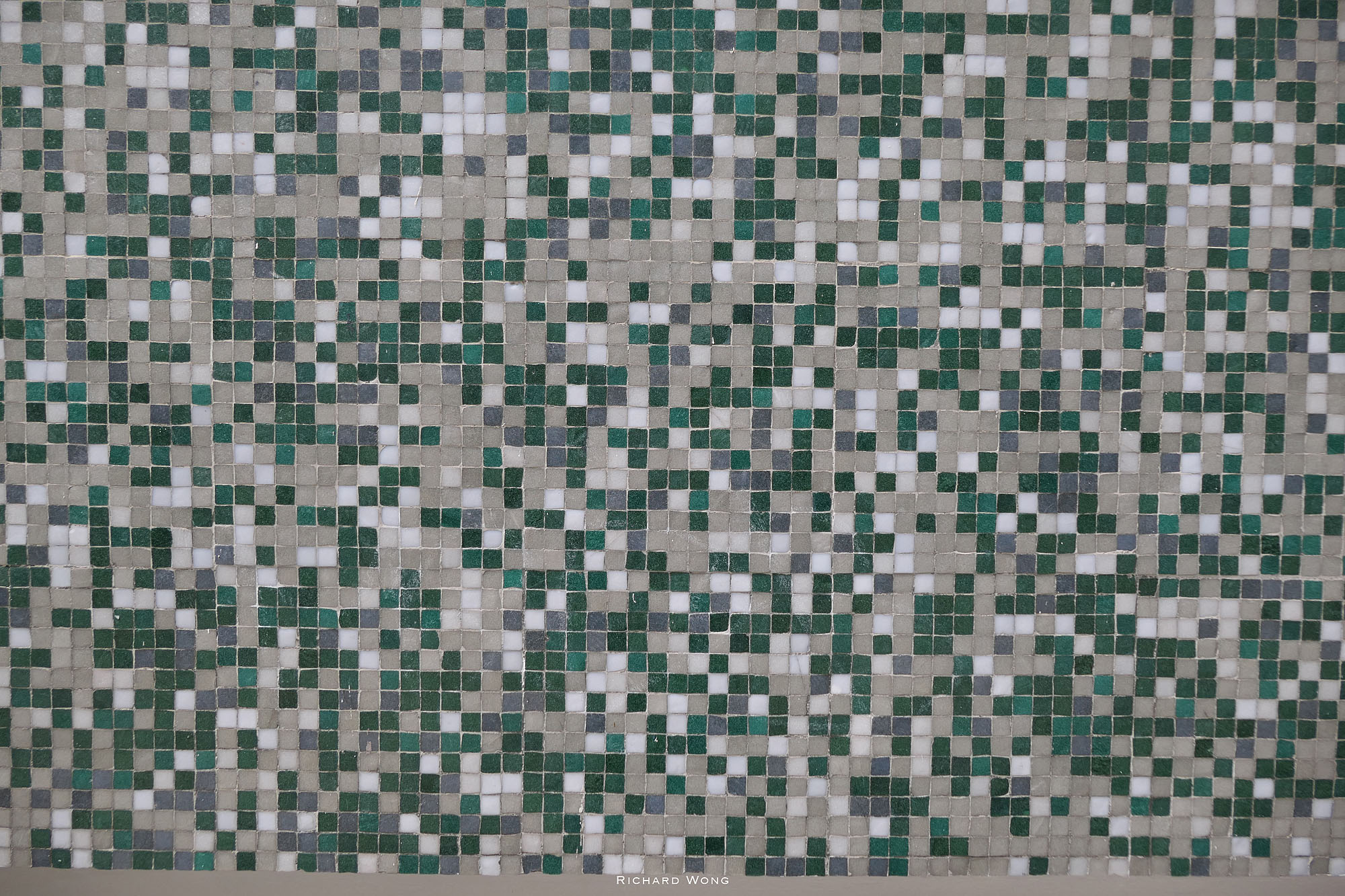
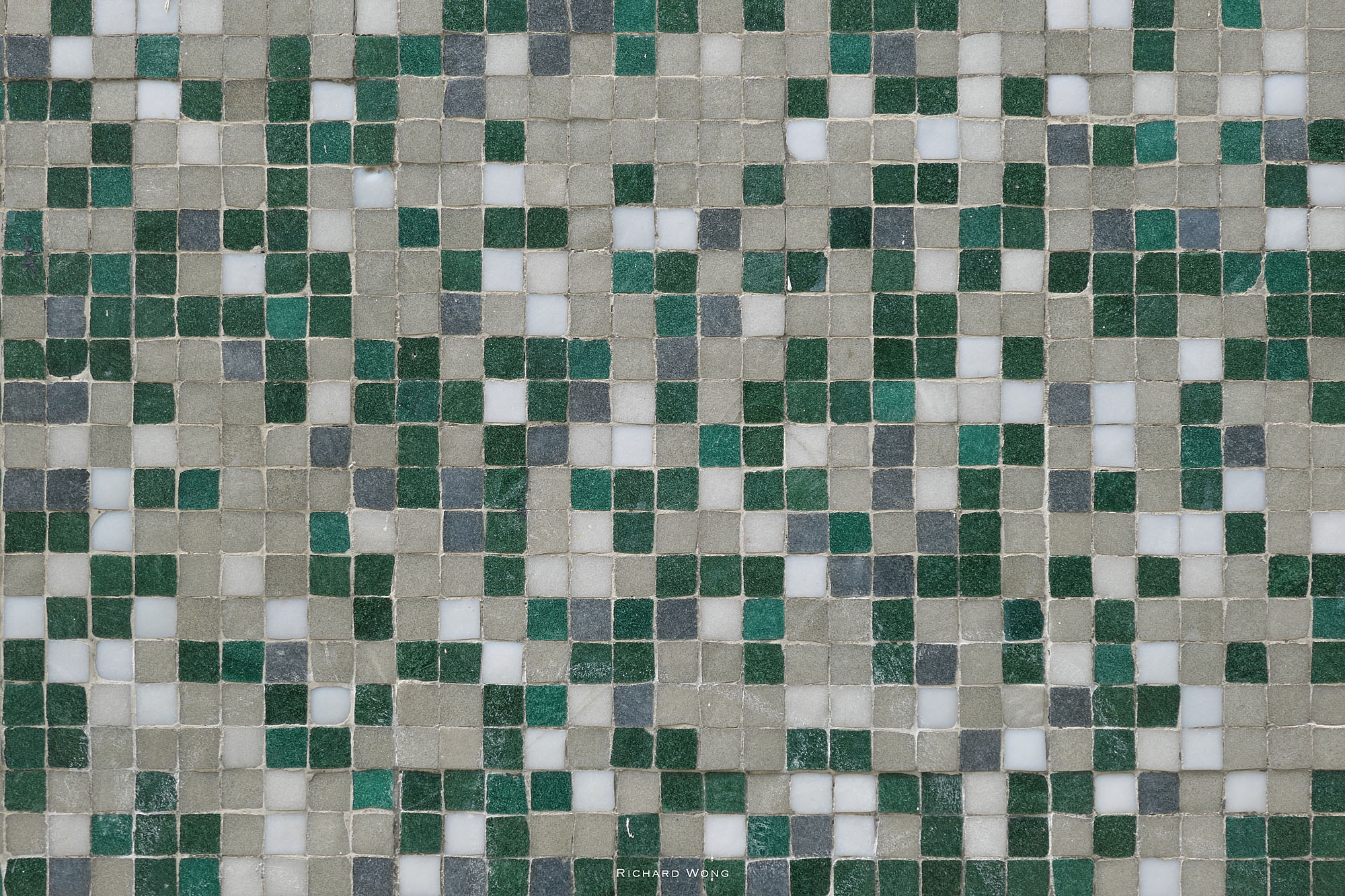
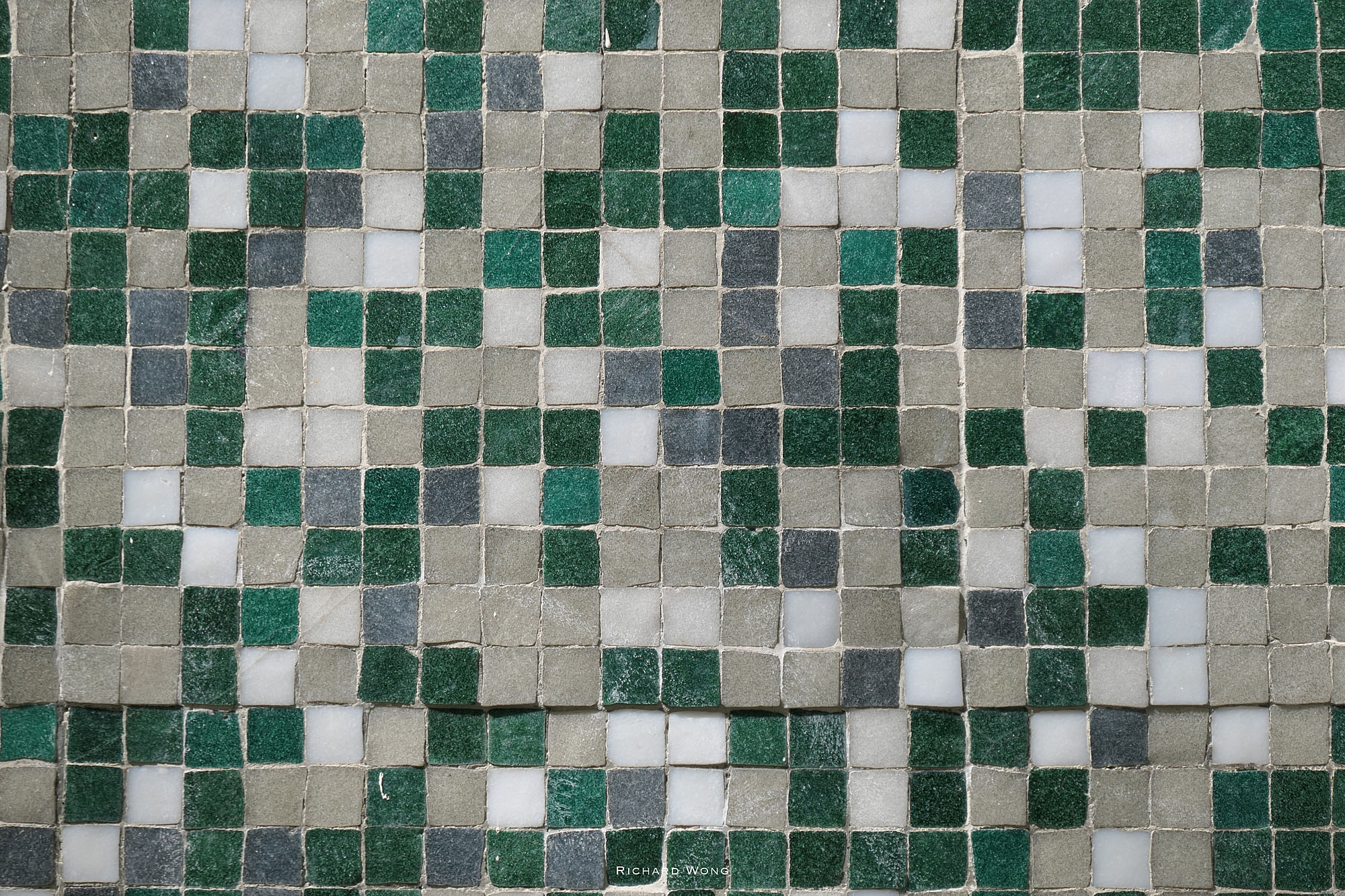
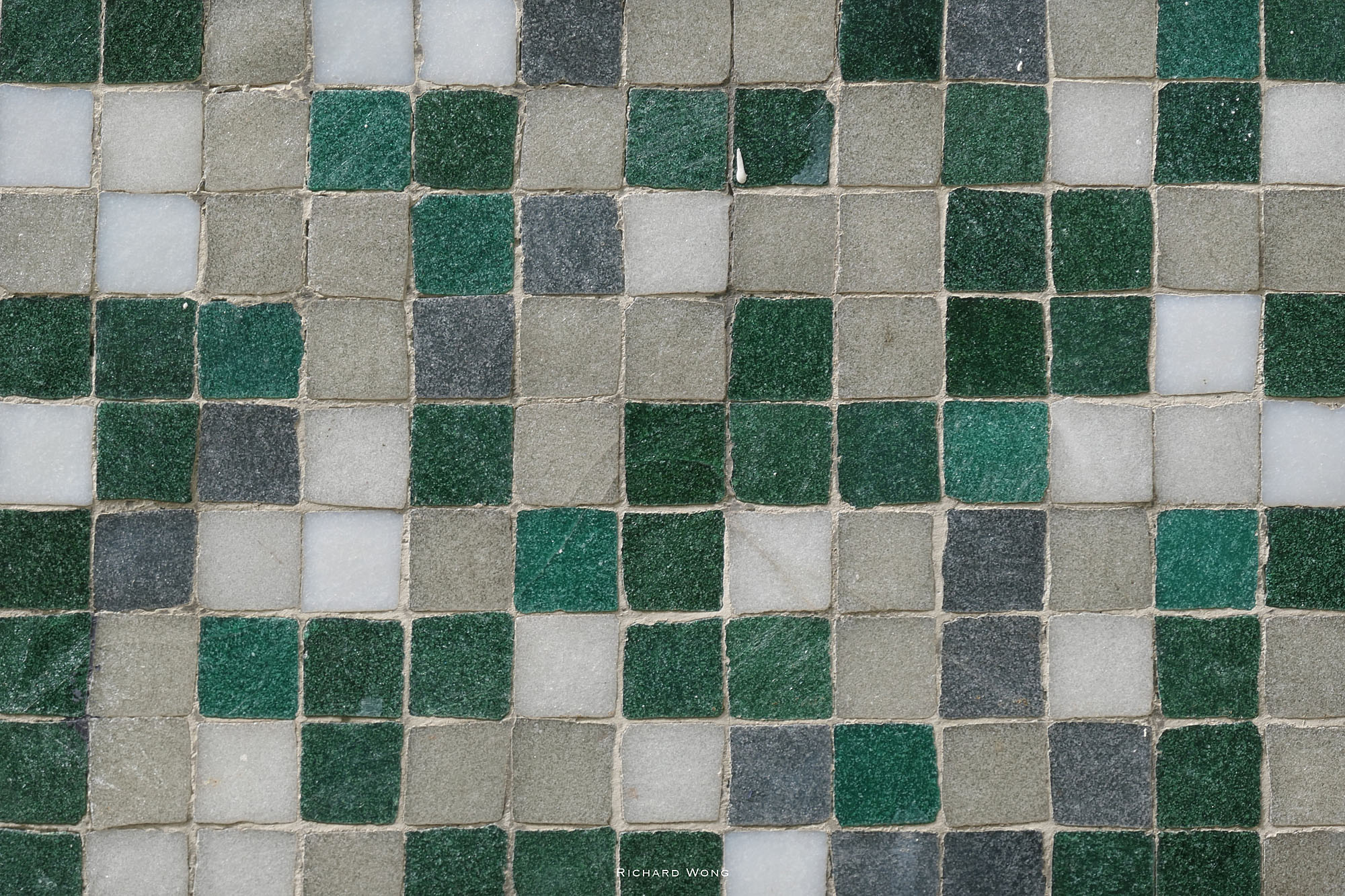
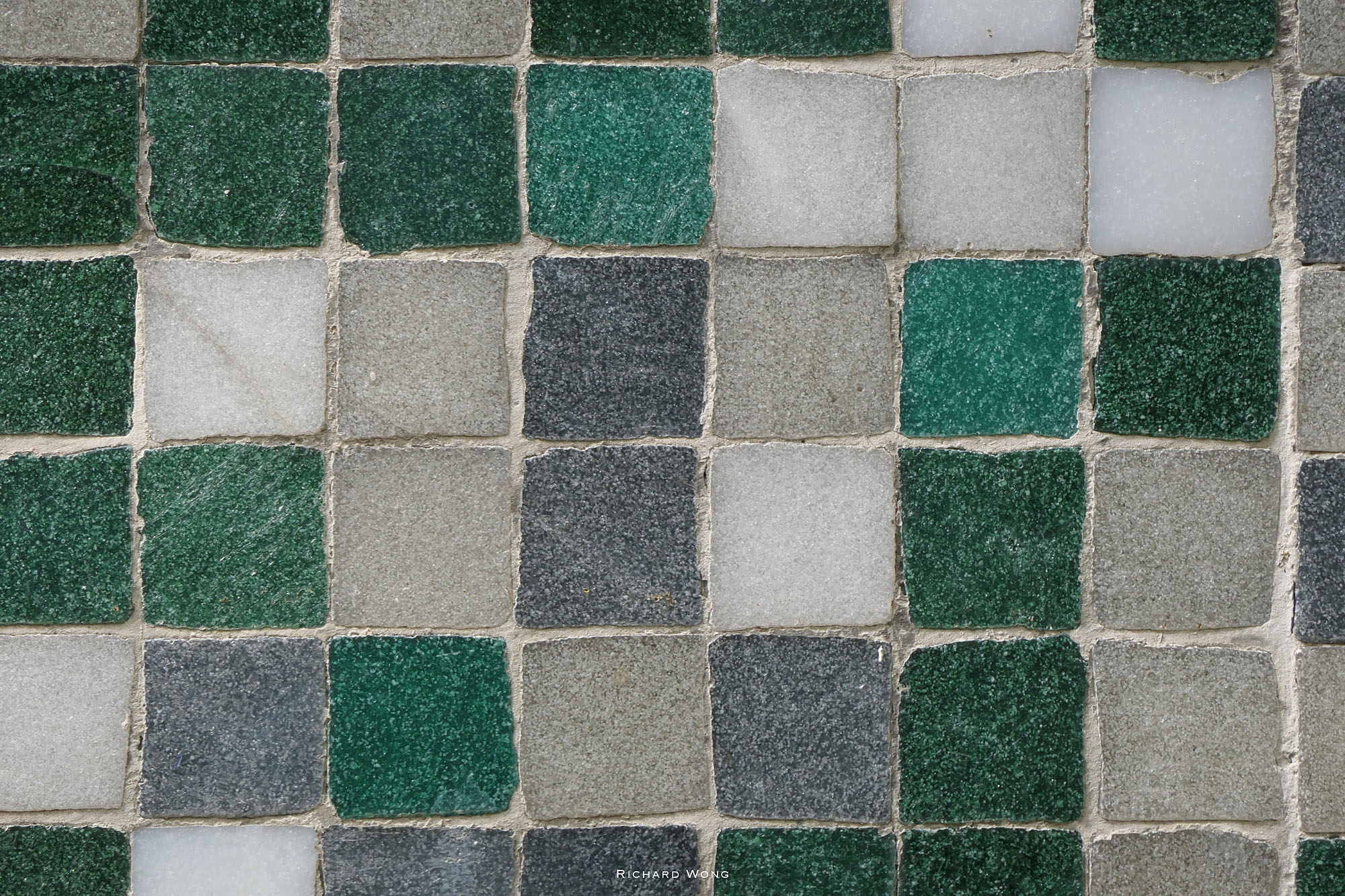


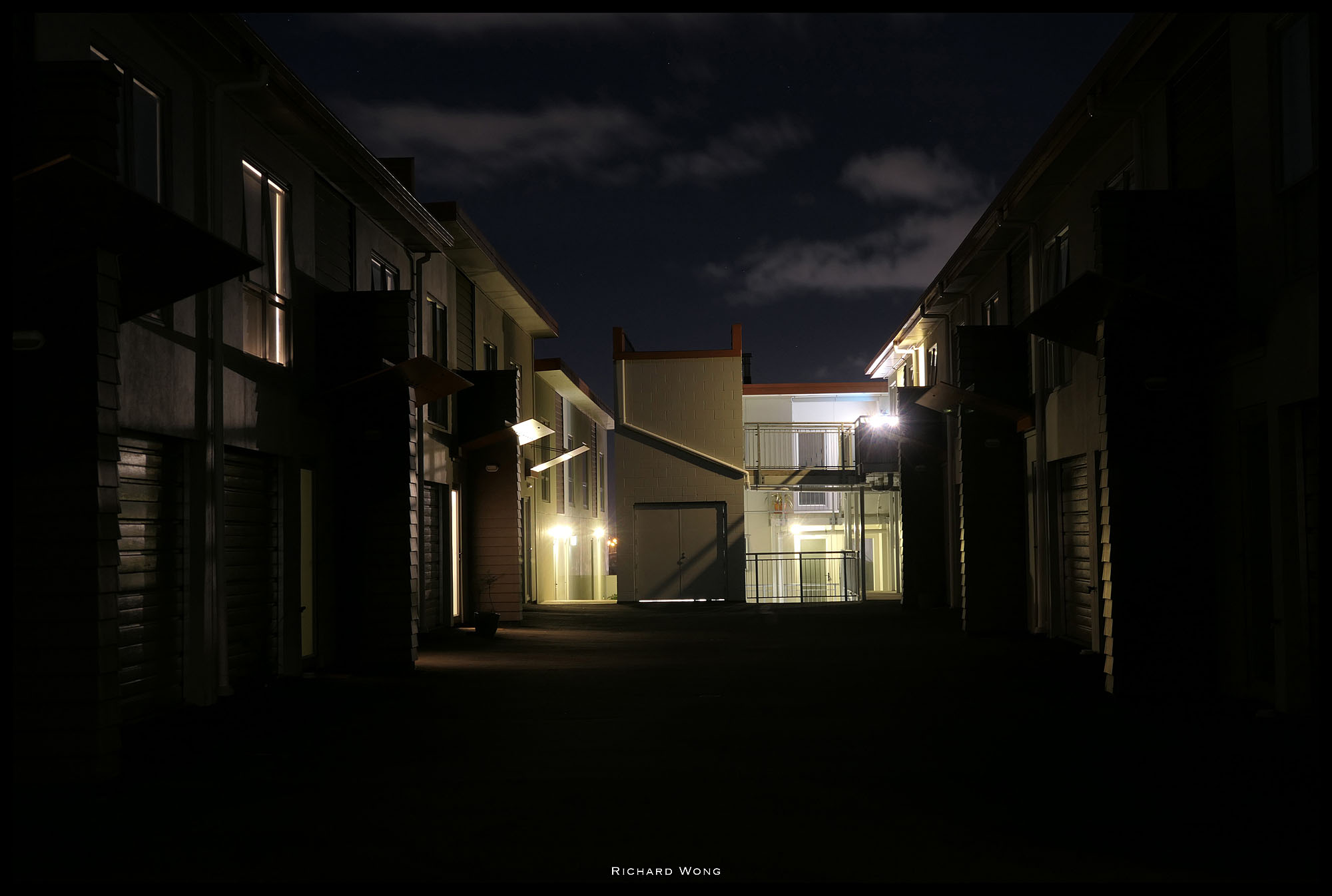
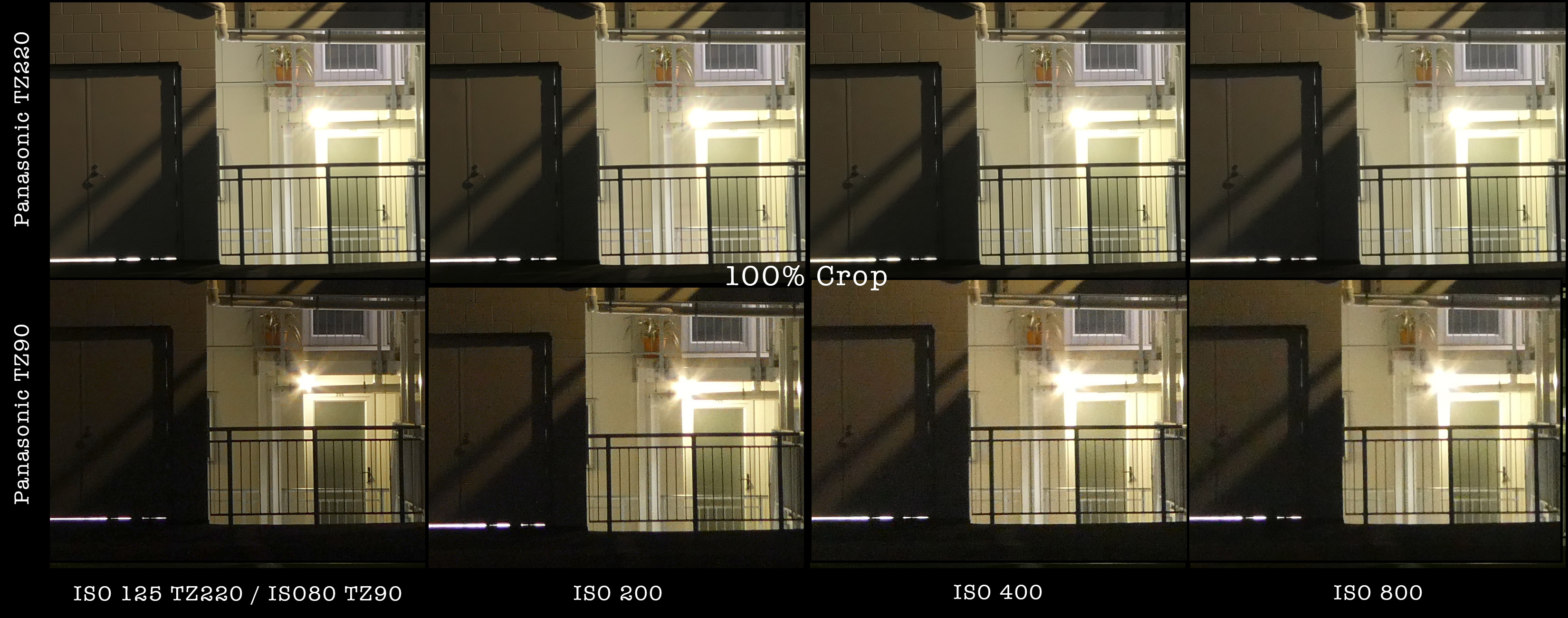


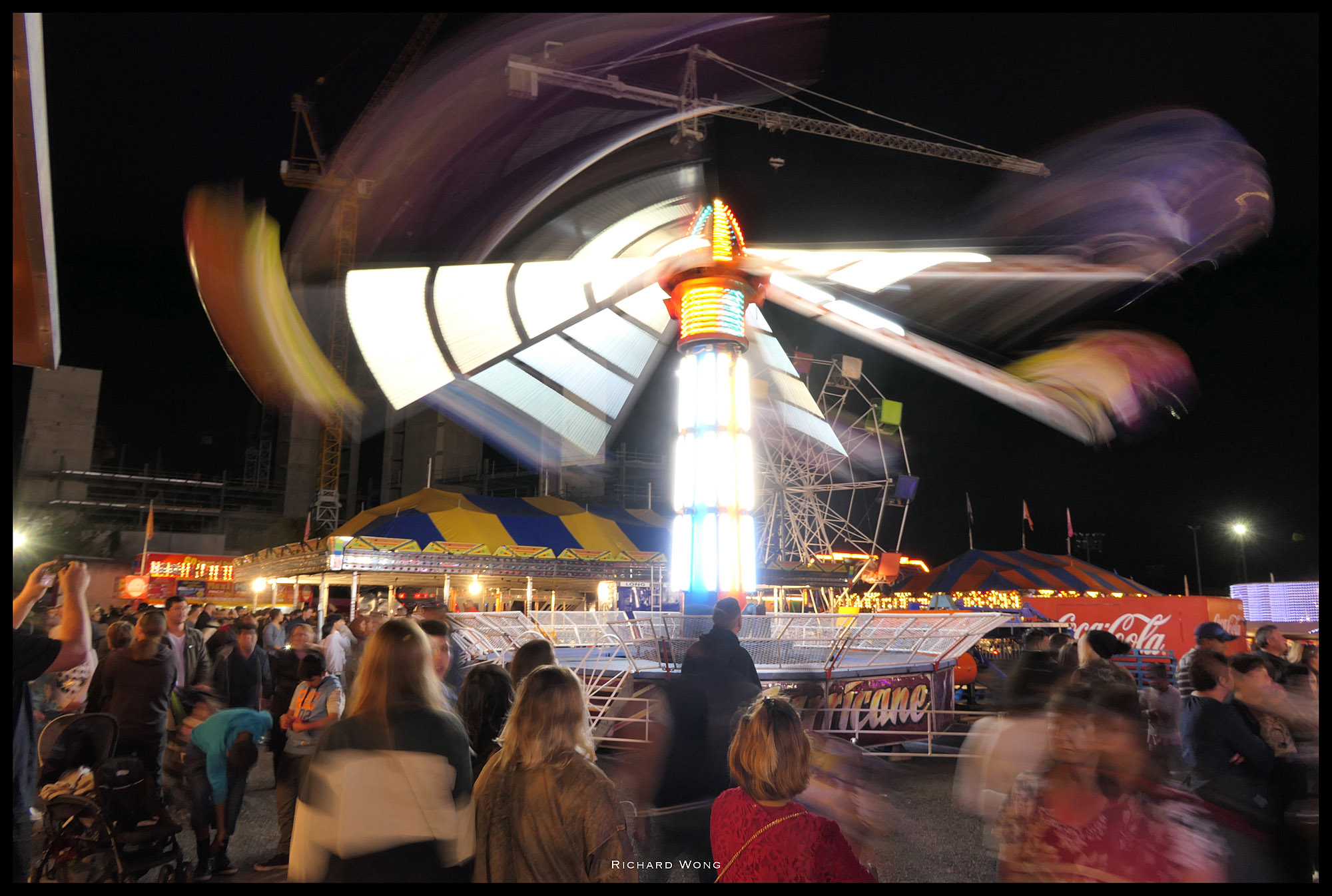
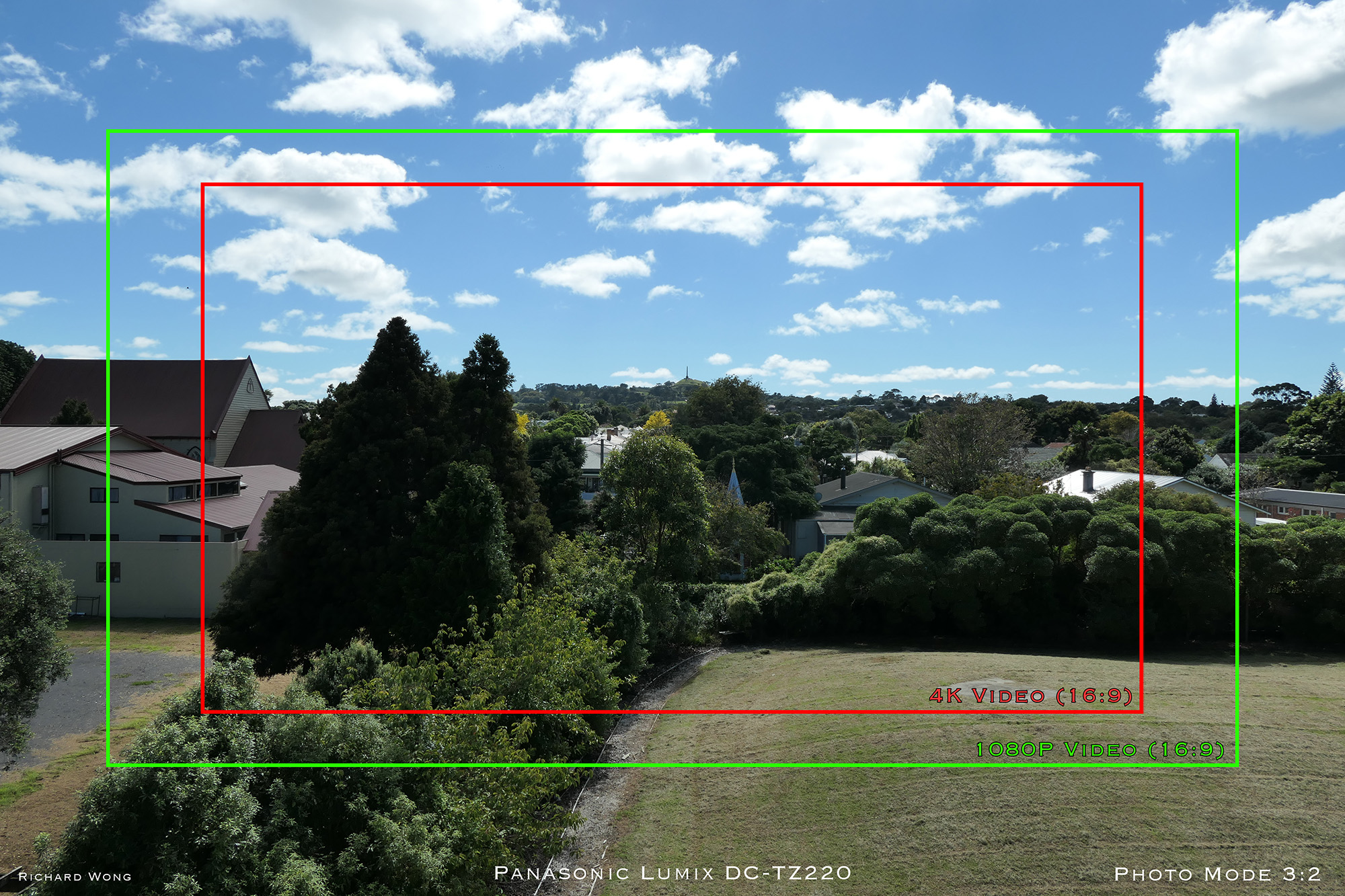
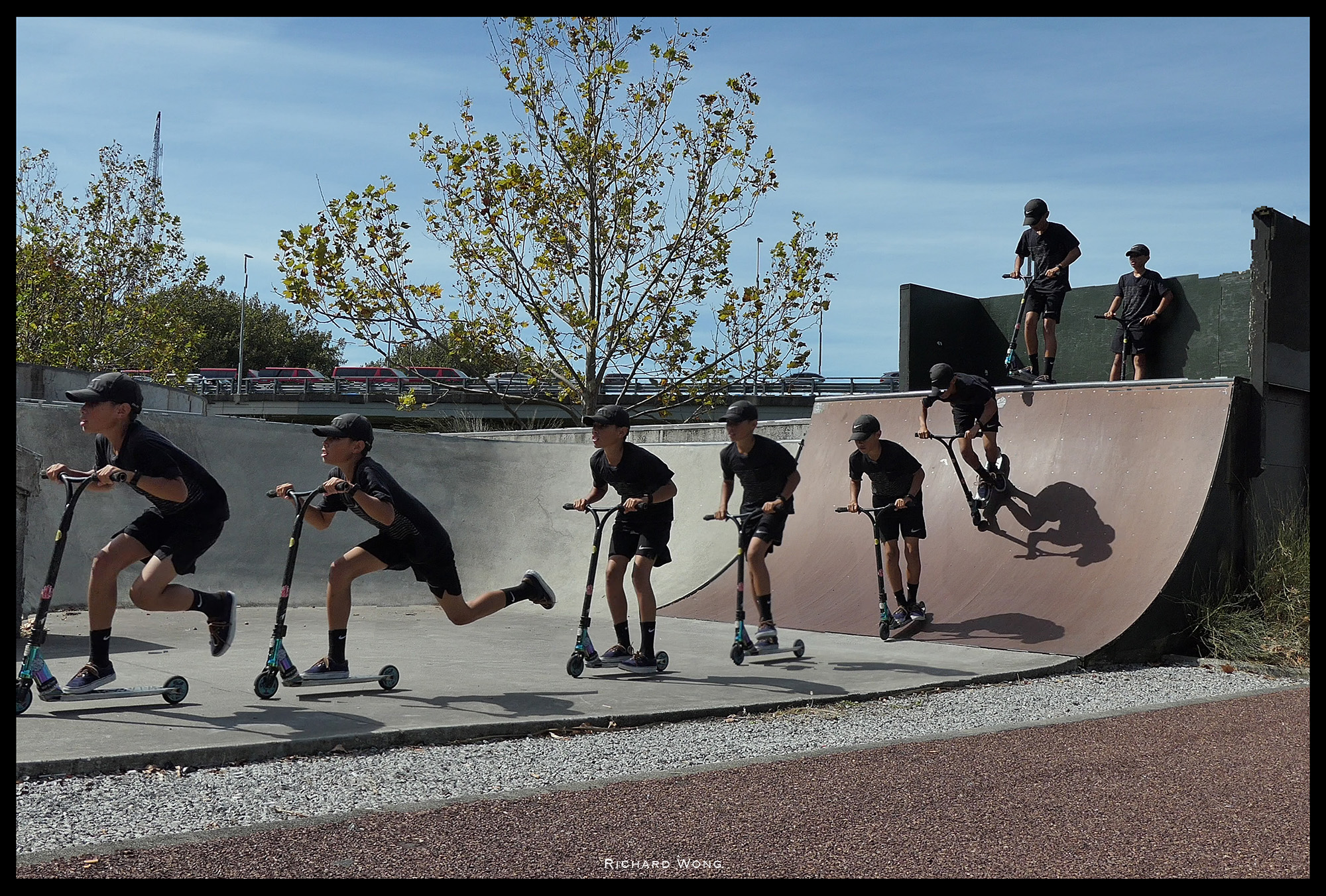




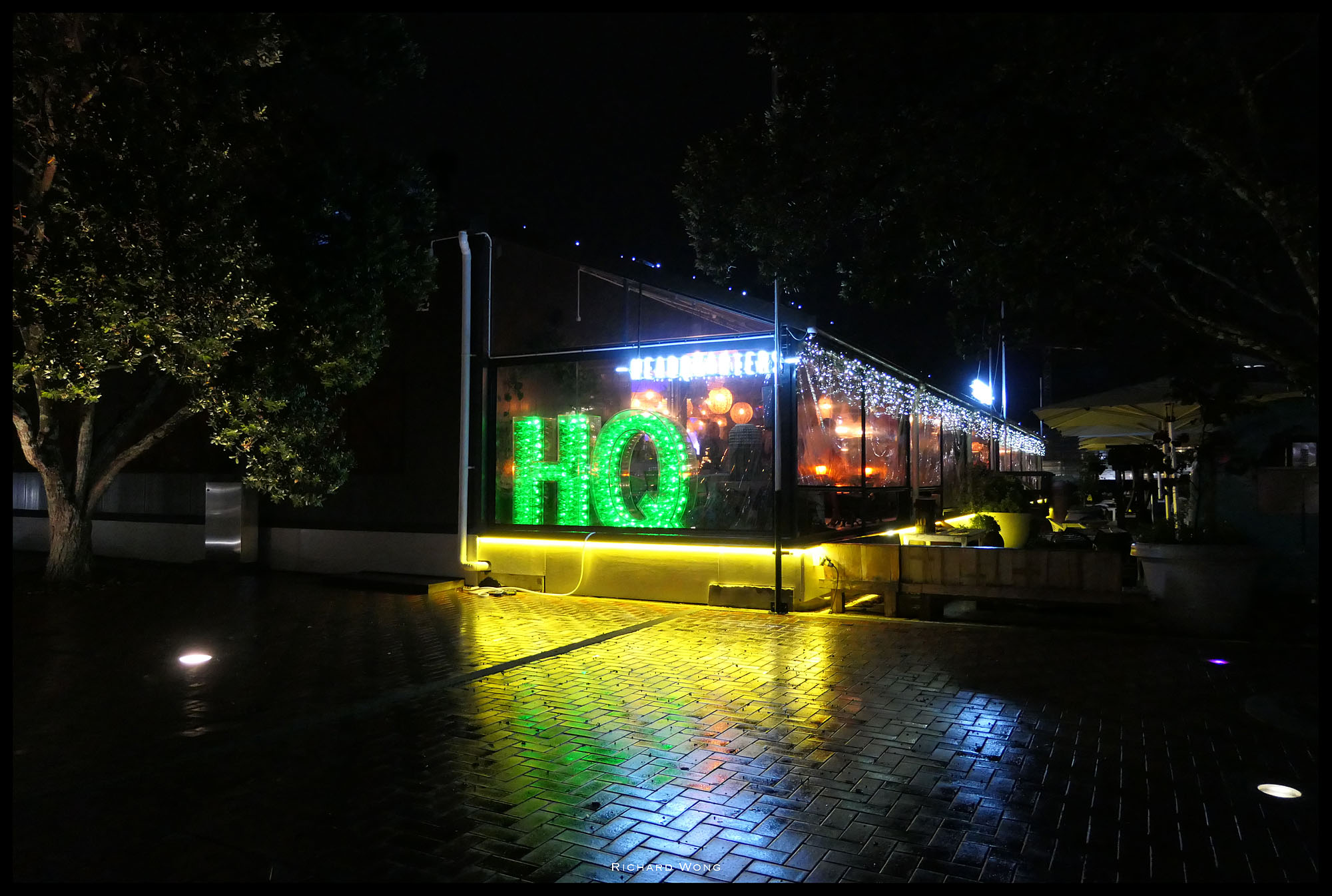
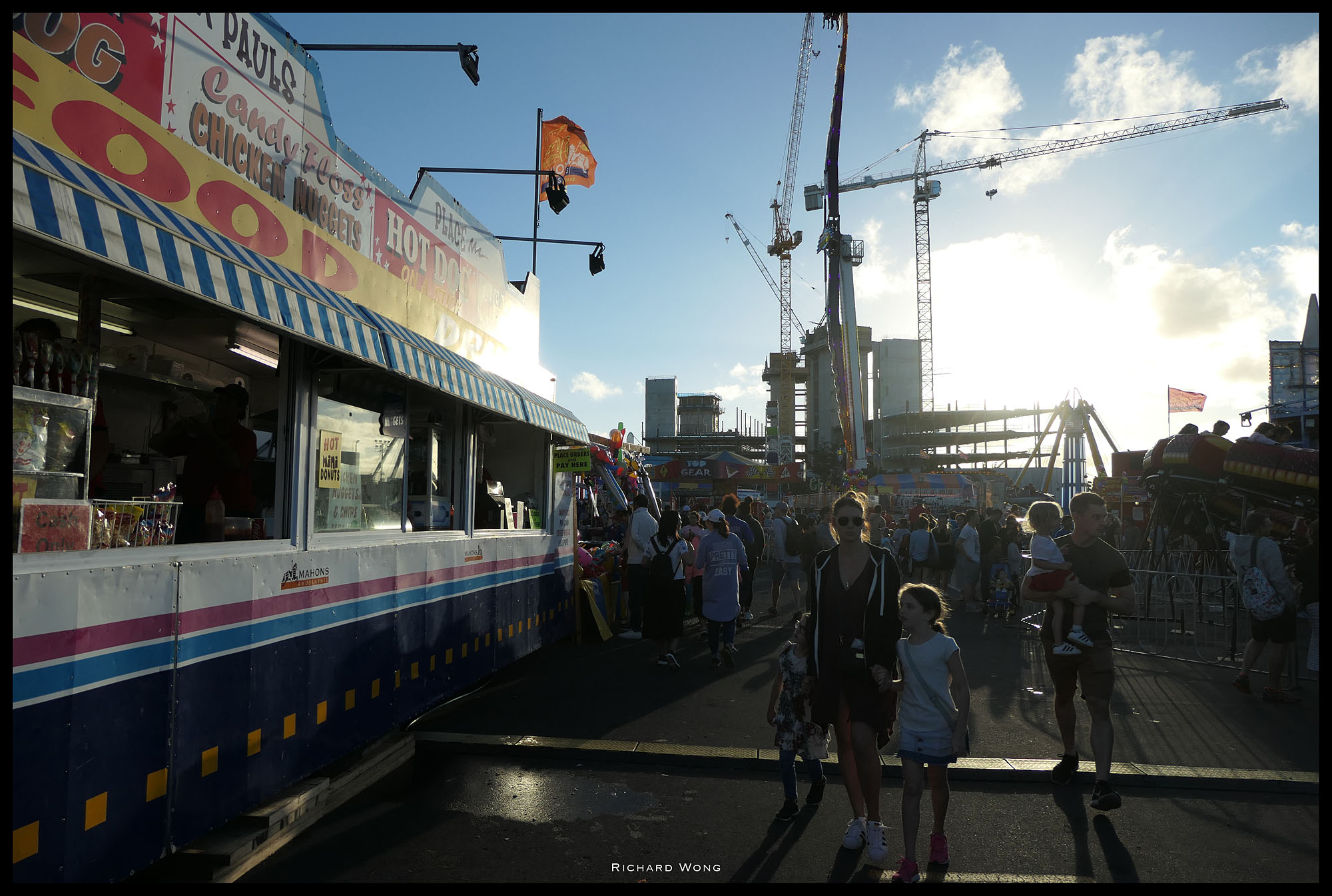

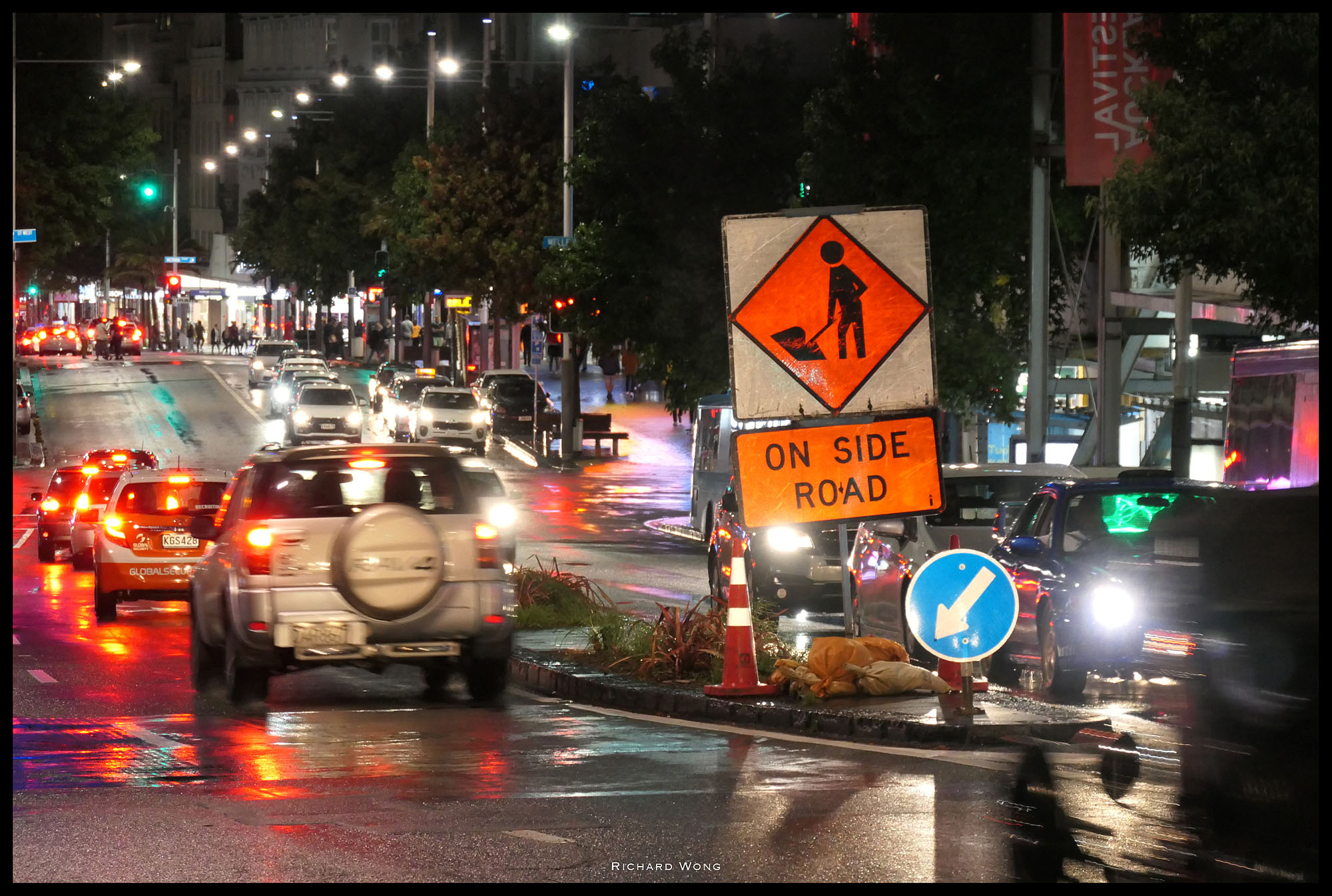
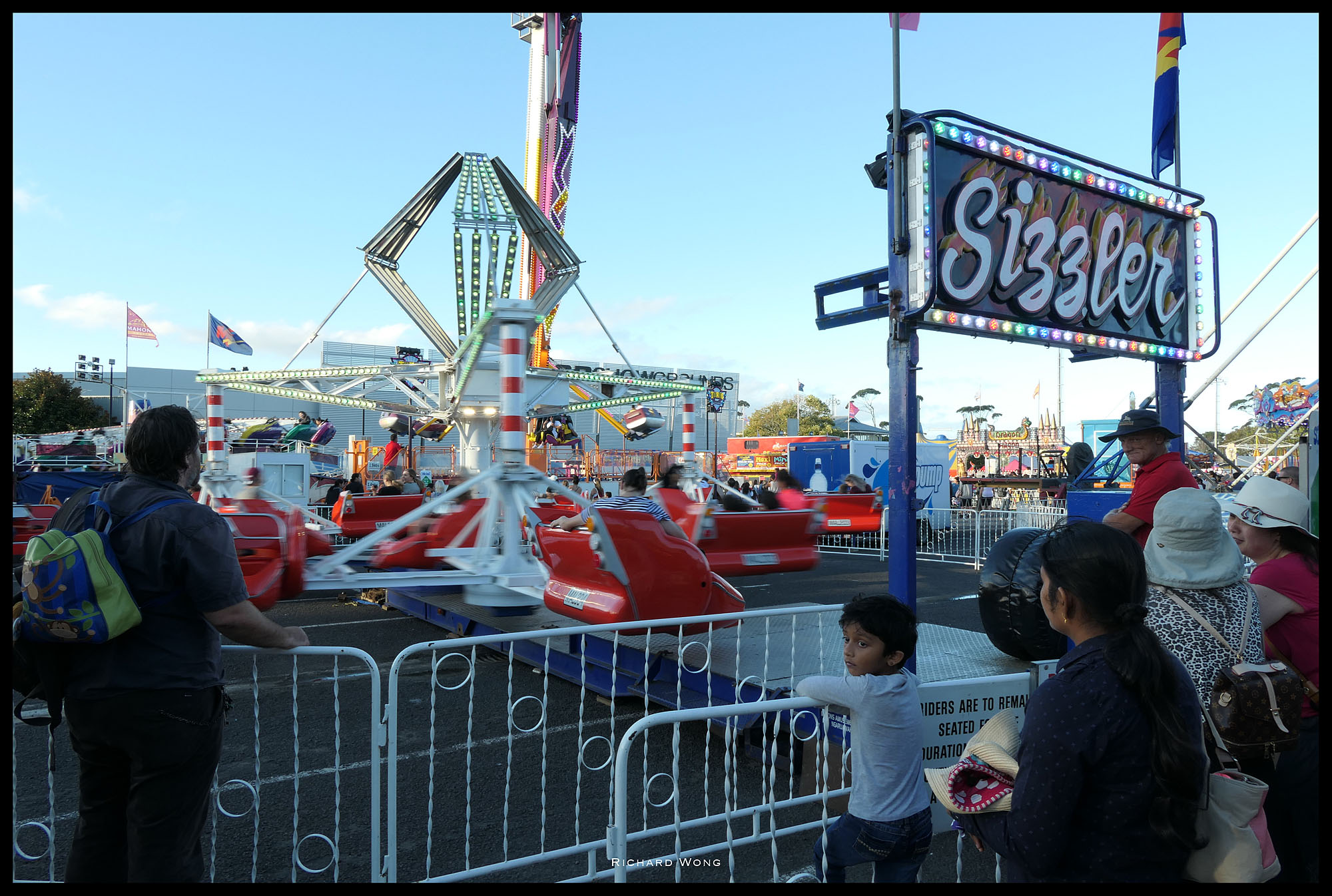
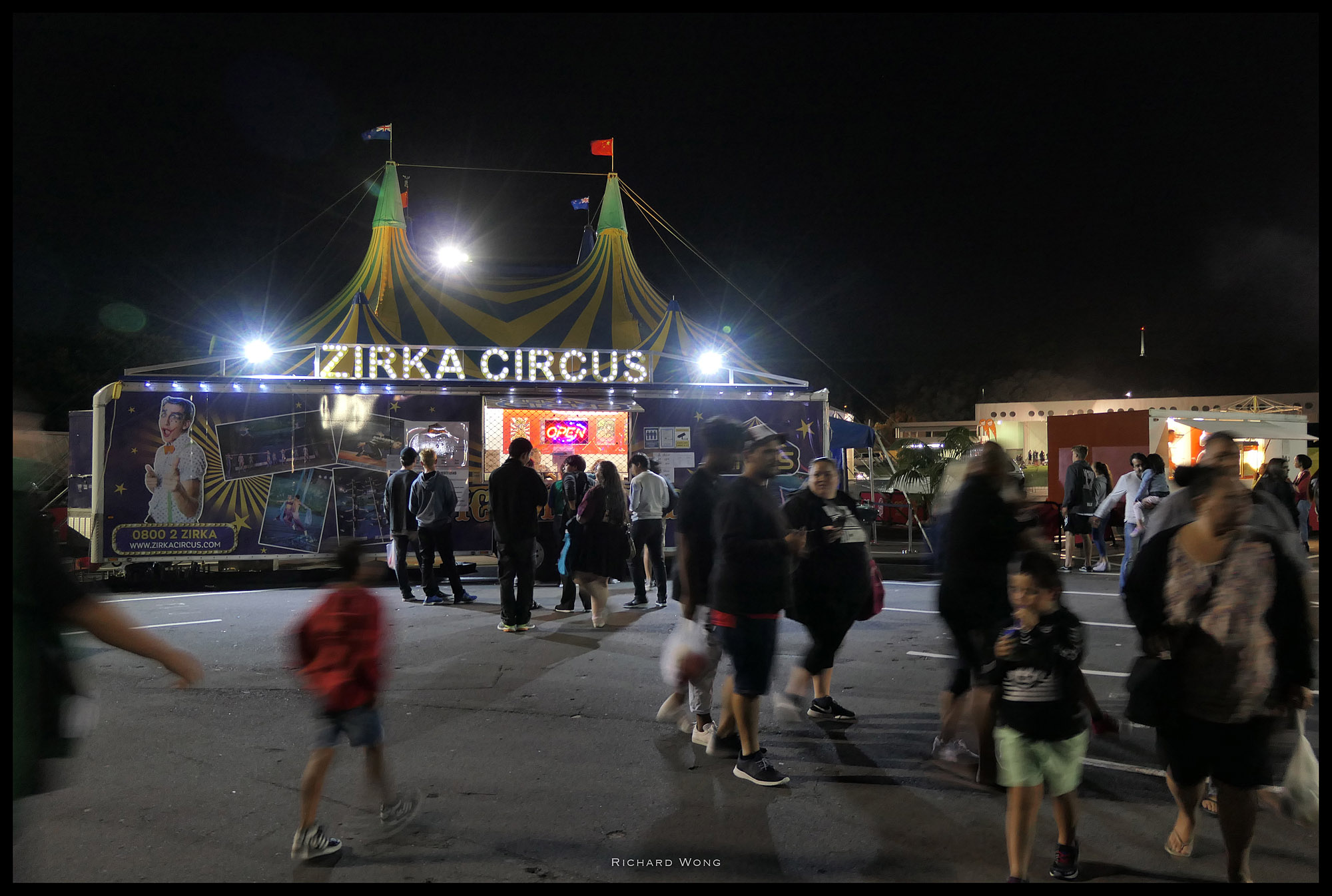
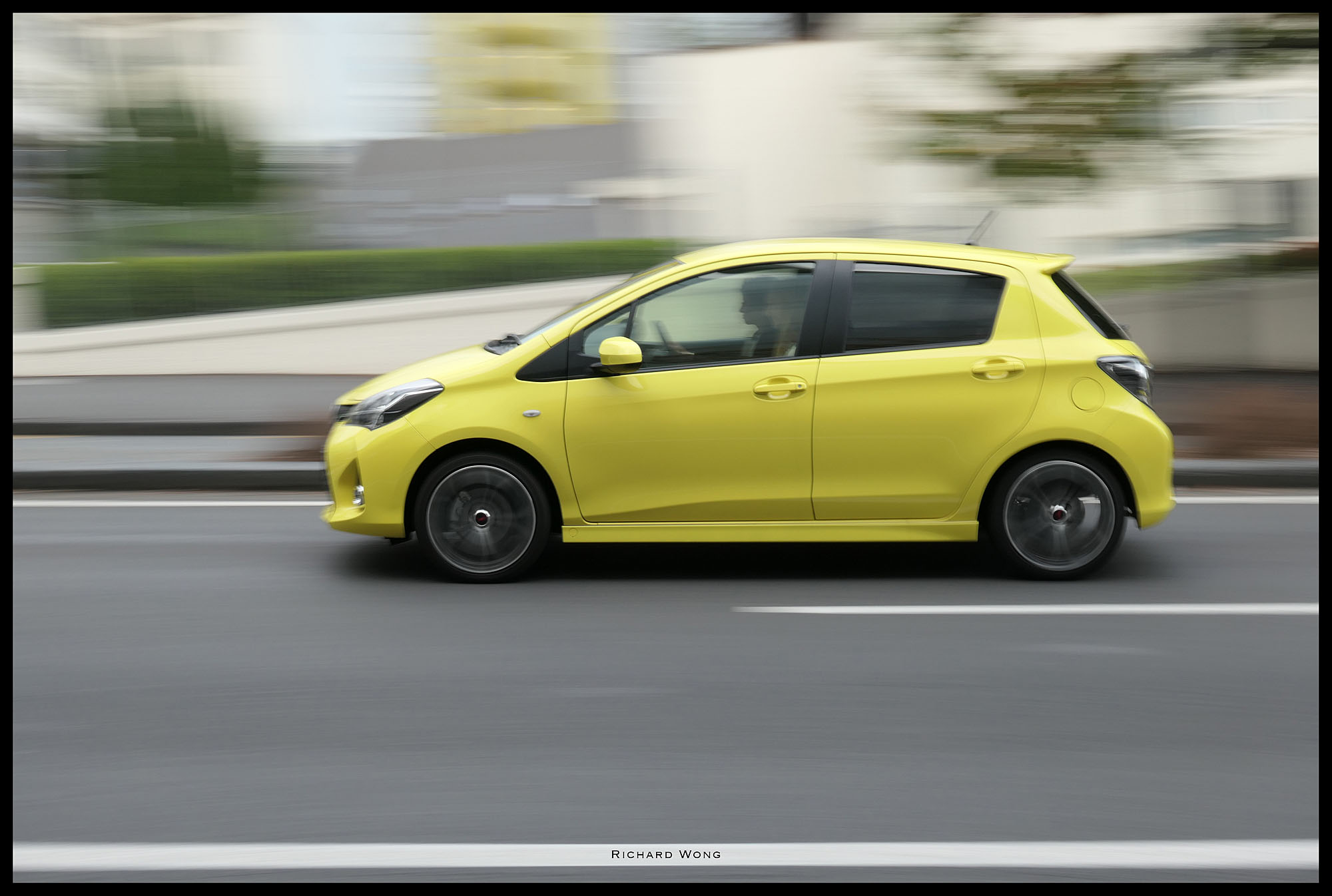
Comments are closed.